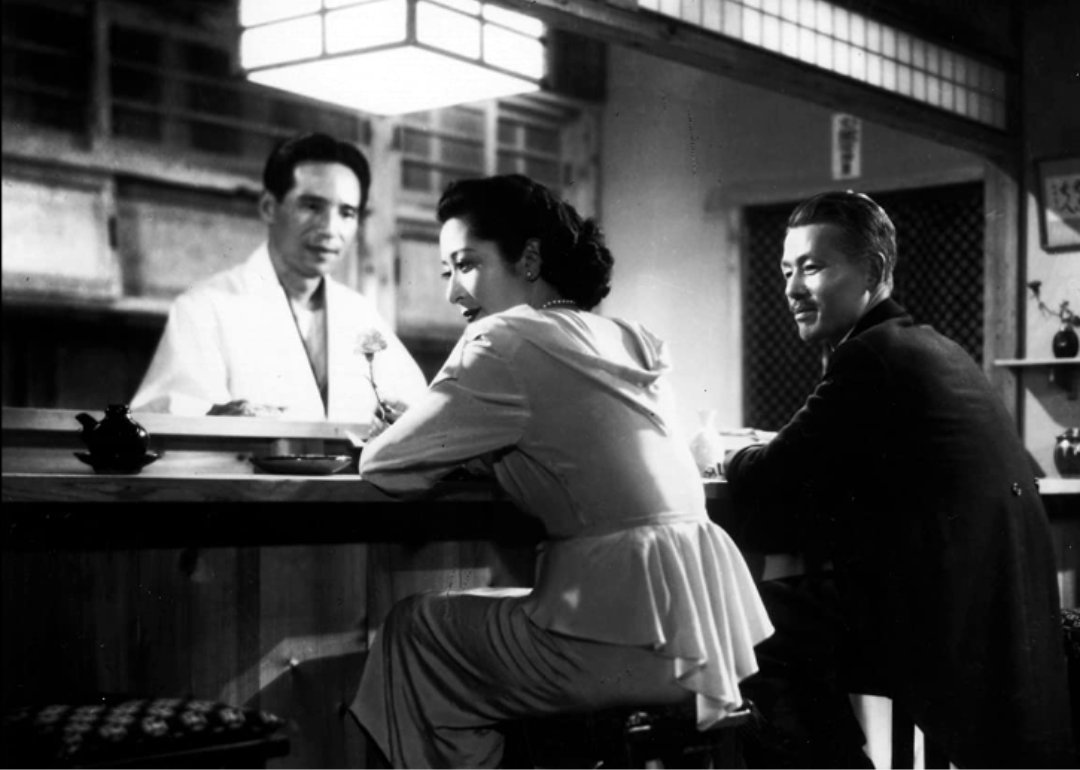Best Japanese movies of all time
Published 9:00 pm Thursday, March 2, 2023
Shochiku
Best Japanese movies of all time
The Japanese film industry is one of the oldest in the world, spanning over a century. Japanese cinema has been responsible for influencing some of the most iconic movies and directors across the globe by producing multiple unique genres, including anime and samurai cinema.
Japanese filmmaking began in 1897. Since then, Japanese directors have won the Academy Award for Best Foreign Language Film four times, far exceeding any other Asian country. Japan’s influence on Eastern and Western cinema continues today, inviting and delighting an ever-growing global audience.
Stacker collected IMDb data on all Japanese-language films made by Japanese filmmakers and ranked the top 50 by IMDb user rating, with ties broken by votes. A movie had to have at least 5,000 IMDb user votes to qualify. Metascore also provides critical context.
The list encompasses some of Japan’s most remarkable cinematic feats and some of the most ambitious, heart-wrenching, mind-expanding, and innovative flicks ever committed to the screen. This list hosts well-known Japanese cinematic greats, including Akira Kurosawa, and art-house masterminds like Sion Sono. To watch all of these films is to gain a thorough and beautiful understanding of the potential of Japanese cinema.
Editor’s note: The traditional custom for ordering Japanese names is the family name followed by the given name. In the late 19th century, Japanese people began adopting the Western naming convention of the first name followed by the surname. Whether or not to return to the traditional way of ordering Japanese names has long been debated, with the conversation picking up in the last few years. For the purposes of this story, the names of the Japanese filmmakers and actors are presented as they are in their respective English-language film credits.
You may also like: Mistakes from the 50 best movies of all time
![]()
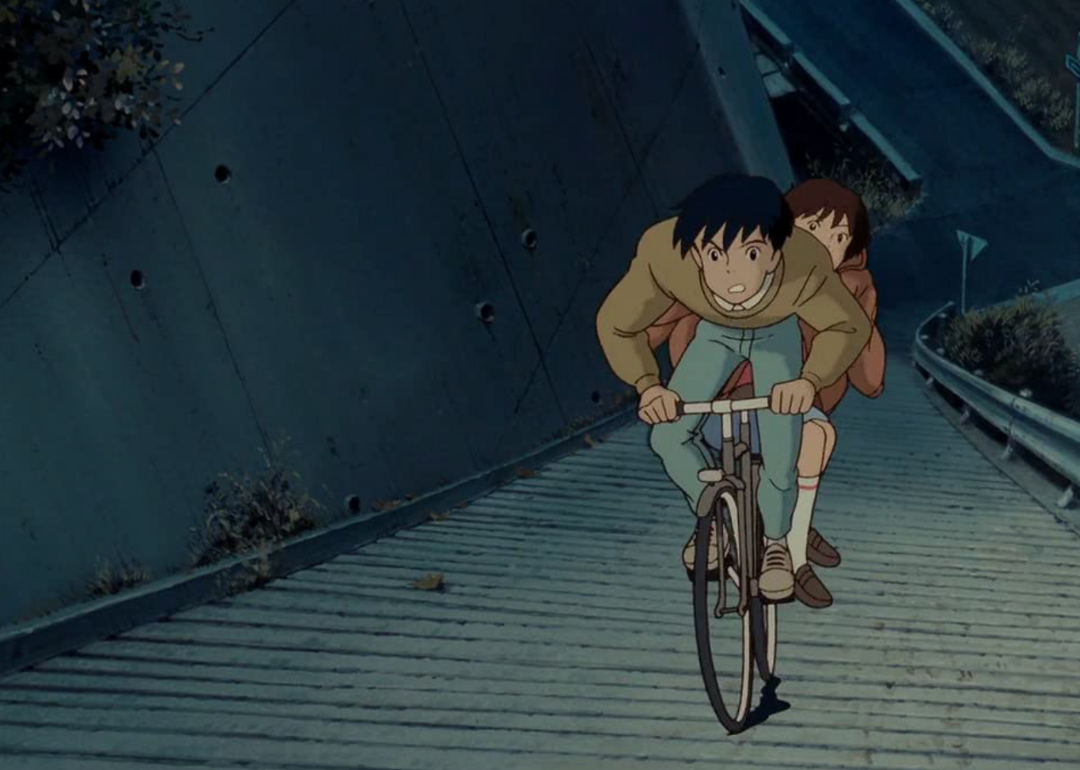
Tokuma Shoten
#50. Whisper of the Heart (1995)
– Director: Yoshifumi Kondô
– IMDb user rating: 7.9
– Metascore: 75
– Runtime: 111 minutes
Adapted from the manga of the same title, “Whisper of the Heart” is an animated film that follows Shizuku, a voracious reader who wants to become a writer when she grows up. Her life changes once she discovers Seiji Amasawa has checked out all of her library books. After encounters with a large cat, a magical antique dealer, and a lovingly written novel, Shizuku eventually finds the person who may well be her soulmate.
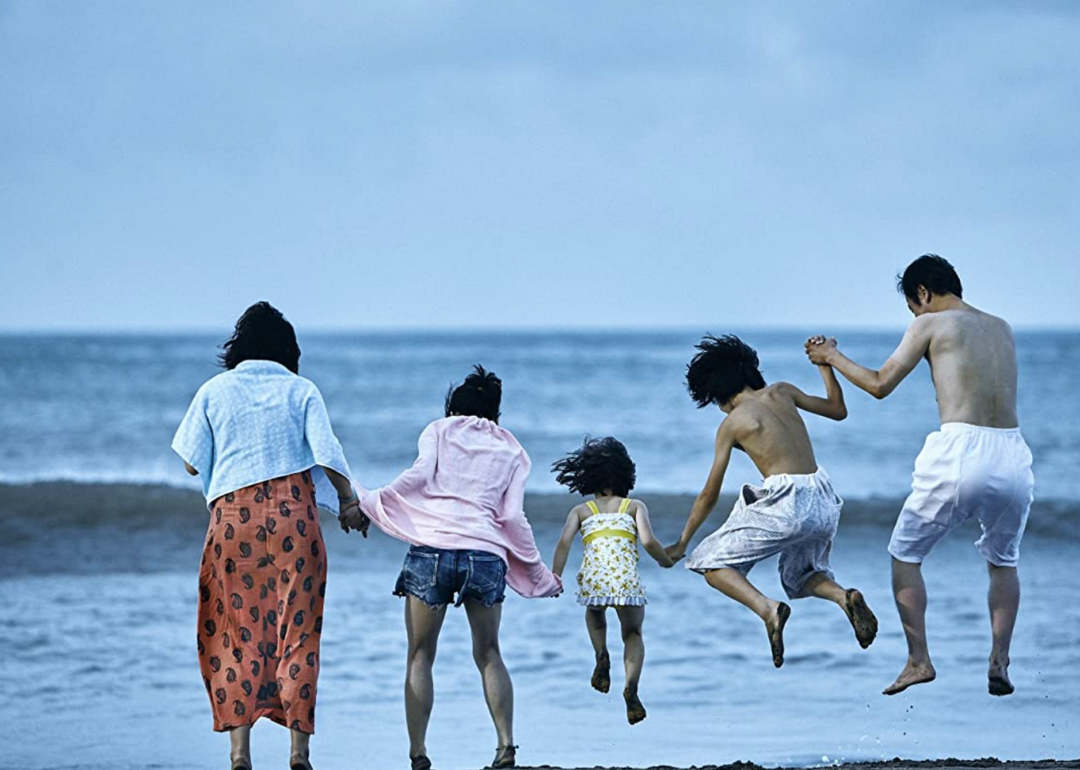
AOI Promotion
#49. Shoplifters (2018)
– Director: Hirokazu Koreeda
– IMDb user rating: 7.9
– Metascore: 93
– Runtime: 121 minutes
Hirokazu Koreeda is one of the great Japanese masters of the humanist family drama, and the Palme d’Or-winning “Shoplifters” may well be his magnum opus. The film follows a family of shoplifters who save an impoverished little girl from life on the streets and find their lives permanently changed for the better.
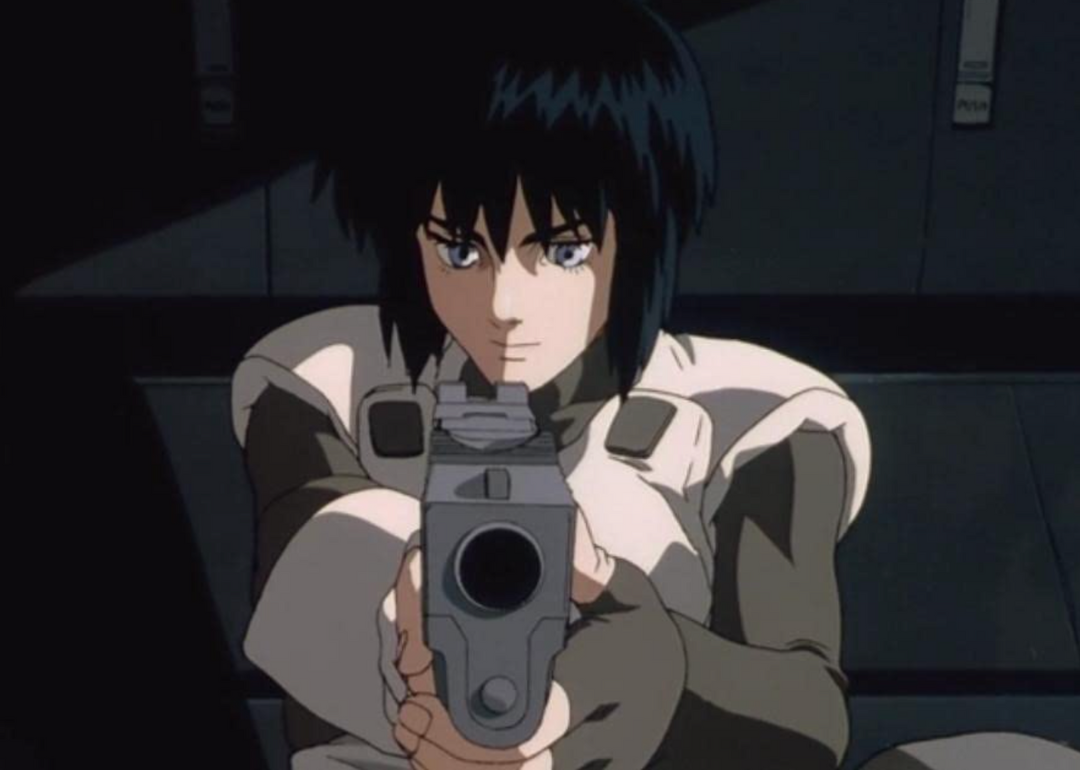
Kôdansha
#48. Ghost in the Shell (1995)
– Director: Mamoru Oshii
– IMDb user rating: 7.9
– Metascore: 76
– Runtime: 83 minutes
Based on Masamune Shirow’s manga of the same name, “Ghost in the Shell” is one of the great Japanese-British film exports. Set in the year 202, in a world dominated by an immense electronic network, “Ghost in the Shell” follows a cyborg investigator dead set on finding the elusive Puppet Master, a villain who robs humans of their memories.
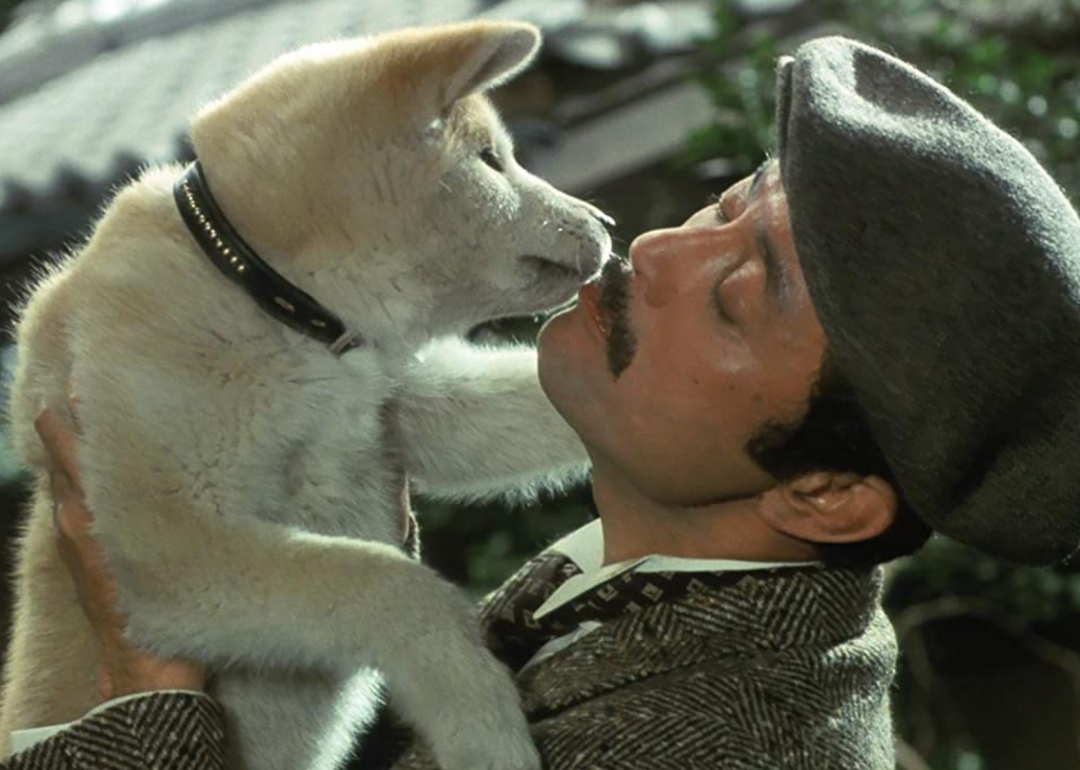
Mitsui Company Ltd.
#47. Hachi-ko (1987)
– Director: Seijirô Kôyama
– IMDb user rating: 8.0
– Metascore: data not available
– Runtime: 107 minutes
Prepare to shed some tears. “Hachi-ko” is based on the real-life story of a dog’s loyalty to his owner, even after his human companion’s untimely death. Each day, the dog accompanies his master to the train station for a daily commute. And each night, the dog would wait for him to return—even long after his owner had passed away.
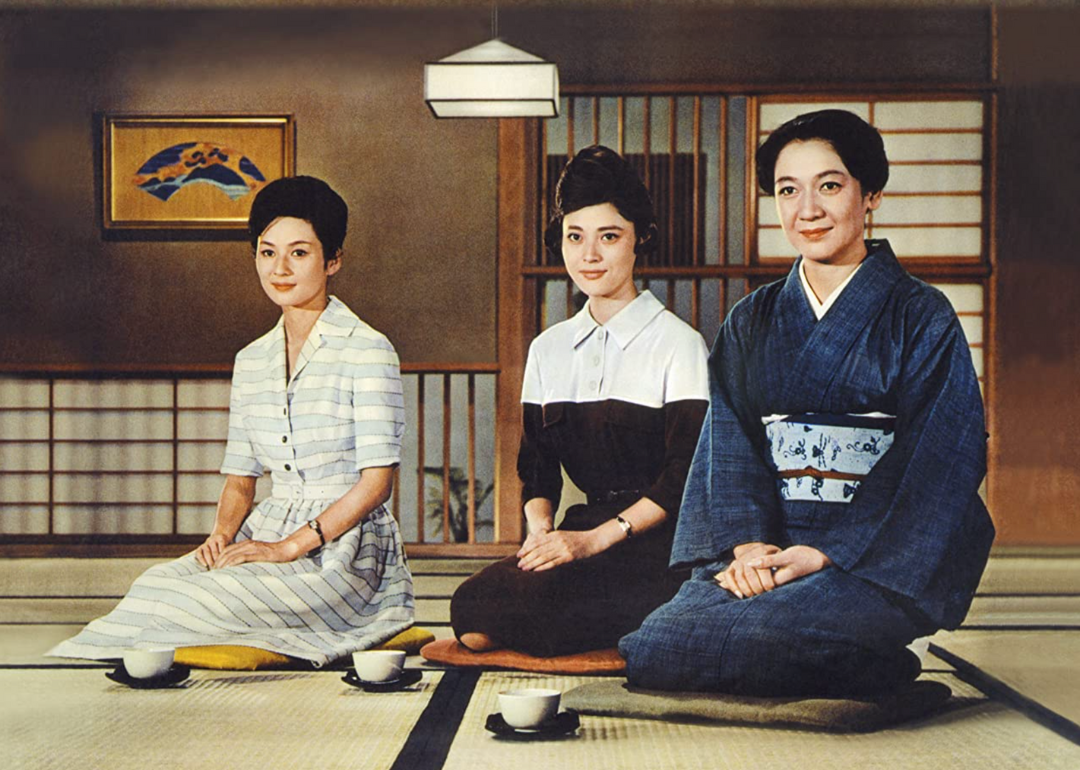
Sochiku
#46. Late Autumn (1960)
– Director: Yasujirô Ozu
– IMDb user rating: 8.0
– Metascore: data not available
– Runtime: 128 minutes
The legendary Setsuko Hara—no stranger to an Yasujirô Ozu flick—stars as a loving mother who tries to encourage her daughter to marry in this reworking of Yasujirô Ozu’s own 1949 film “Late Spring.” It’s achingly tender and likely to inspire as many laughs as tears.
You may also like: 100 best Western films of all time
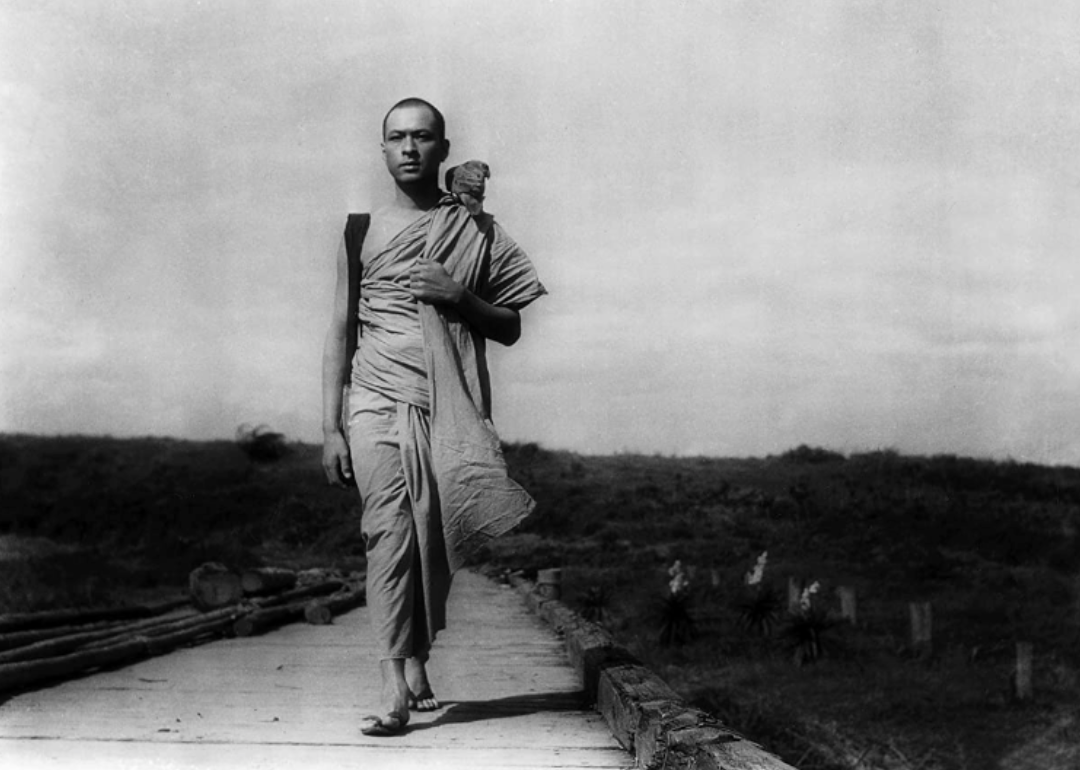
Nikkatsu
#45. The Burmese Harp (1956)
– Director: Kon Ichikawa
– IMDb user rating: 8.0
– Metascore: data not available
– Runtime: 116 minutes
Shot in black and white, “The Burmese Harp” follows an Imperial Japanese Army regiment that surrenders to British forces during World War II. An anti-war epic, the film was nominated for Best Foreign Language Film at the 1957 Academy Awards.
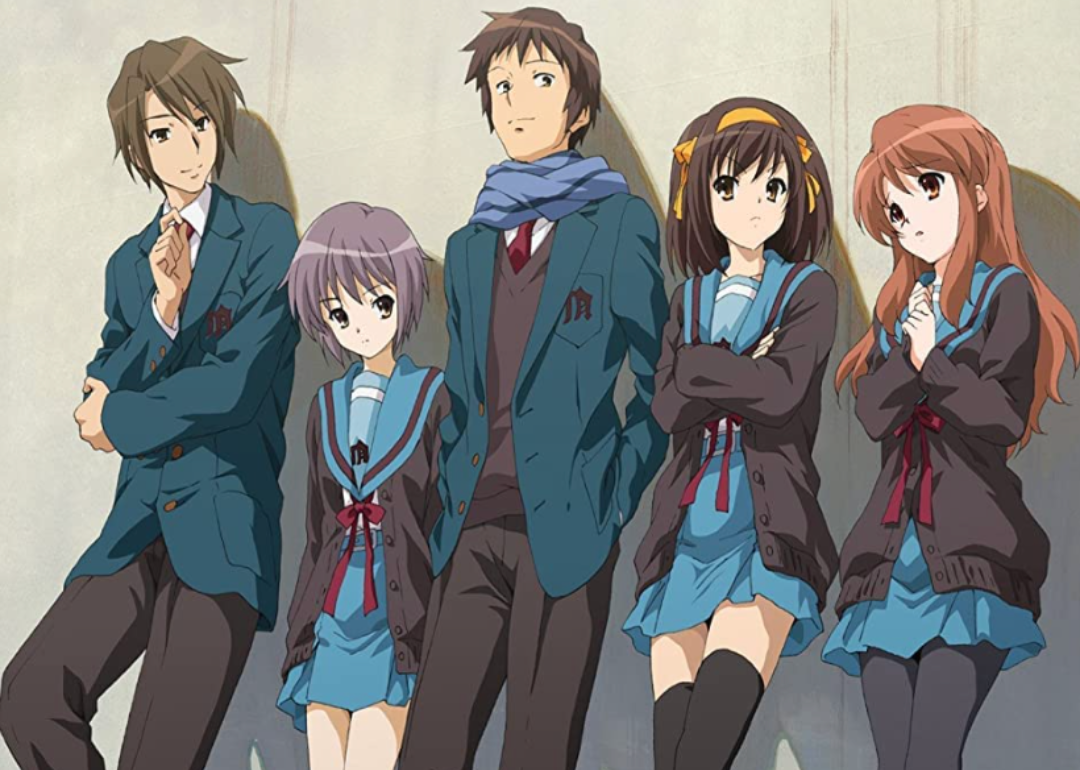
Kadokawa Pictures
#44. The Disappearance of Haruhi Suzumiya (2010)
– Directors: Tatsuya Ishihara, Yasuhiro Takemoto
– IMDb user rating: 8.0
– Metascore: data not available
– Runtime: 162 minutes
Across three hours, “The Disappearance of Haruhi Suzumiya” charts the life of Kyon, a young man who one day awakens to find that his school friends have forgotten about his existence. He searches for clues to return him to the world he once knew.
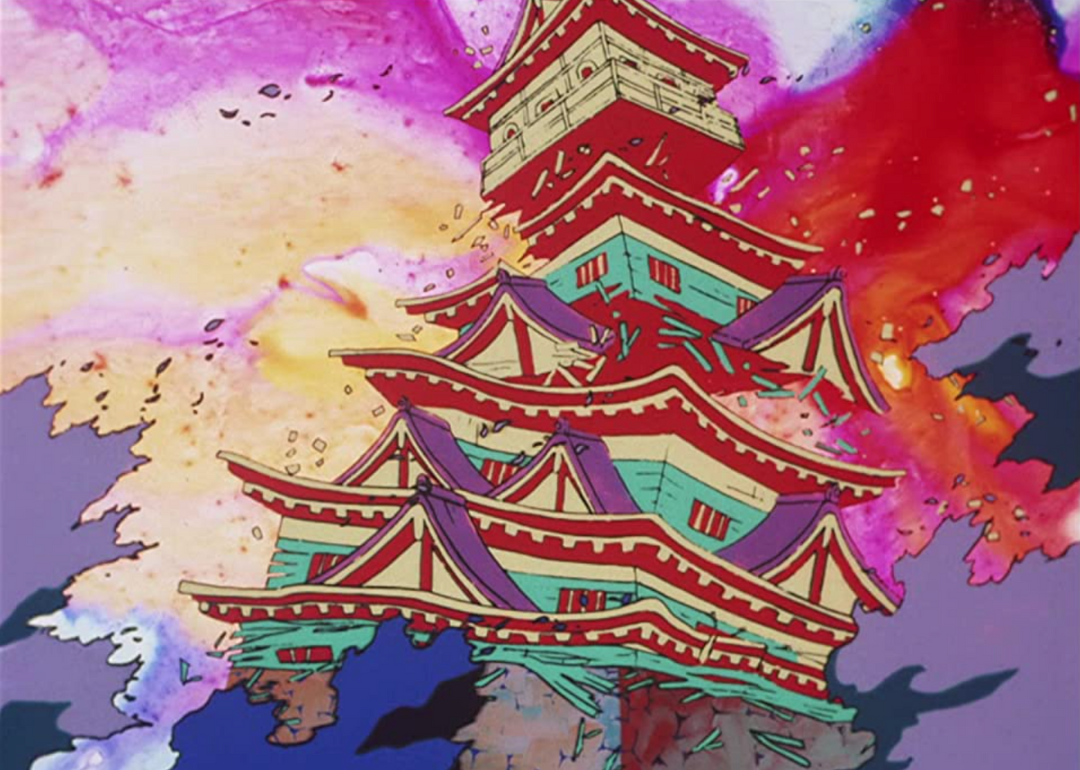
Madhouse
#43. Barefoot Gen (1983)
– Director: Mori Masaki
– IMDb user rating: 8.0
– Metascore: data not available
– Runtime: 83 minutes
As World War II comes to a close for the Japanese, Gen and his Hiroshima-based family sense that the battle is far from over. This attitude inspires wrath from their neighbors, who cut off the family’s access to food and resources. Based on Keiji Nakazawa’s semi-autobiographical manga series of the same name, “Barefoot Gen” zeroes in on the devastating moment when the U.S. military let loose their terrible new weapon.
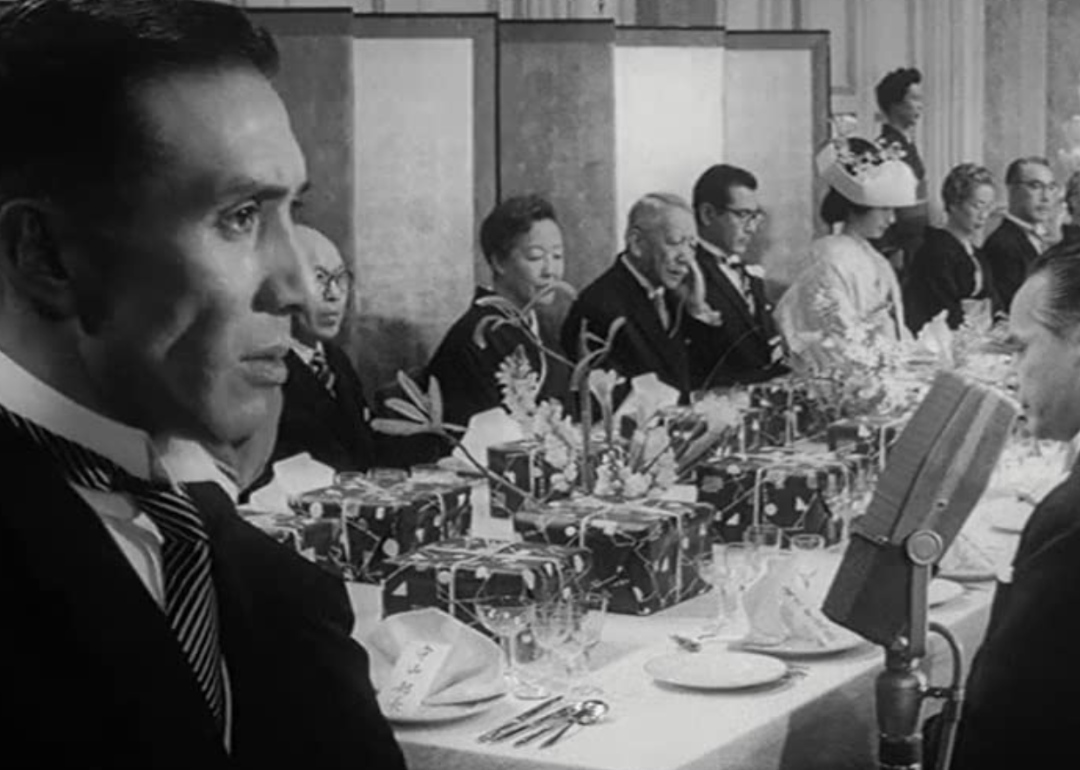
Toho Company
#42. The Bad Sleep Well (1960)
– Director: Akira Kurosawa
– IMDb user rating: 8.0
– Metascore: data not available
– Runtime: 151 minutes
While the legendary Akira Kurosawa became most famous for his samurai films, he also made plenty of prestige masterpieces in his time—many of which are on this list. “The Bad Sleep Well” was his exploration of the film noir genre and was heavily inspired by Shakespeare’s “Hamlet,” only this time set in postwar corporate Japan.
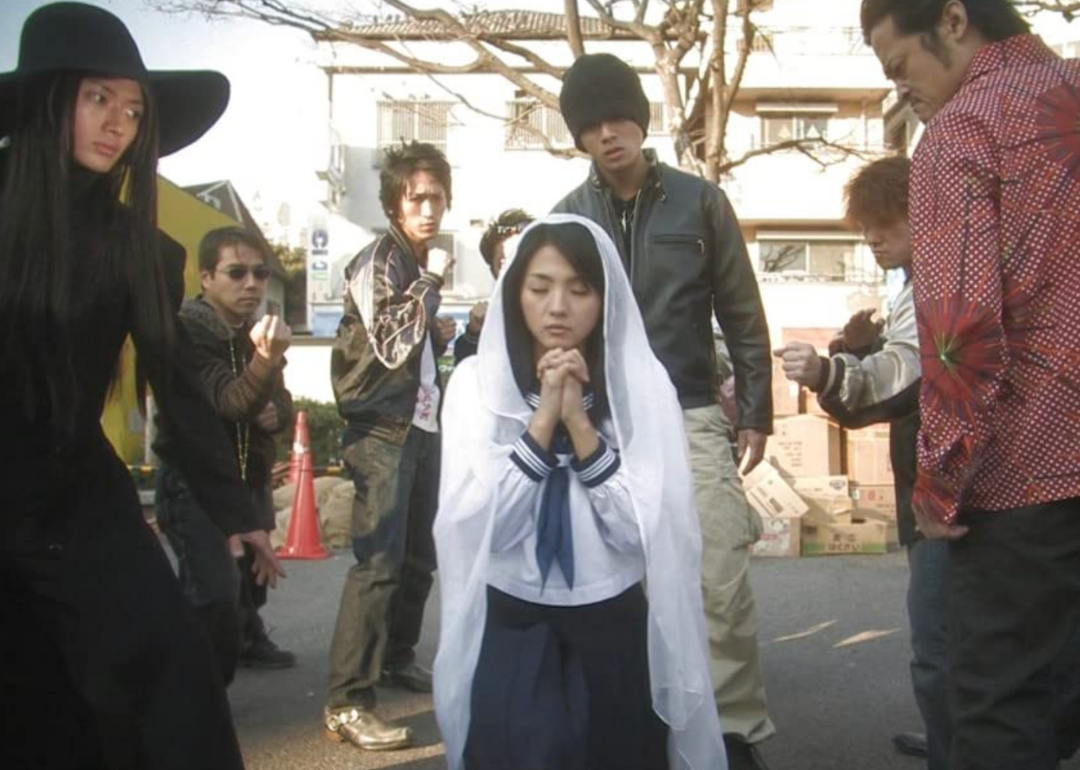
Omega Project
#41. Love Exposure (2008)
– Director: Sion Sono
– IMDb user rating: 8.0
– Metascore: 78
– Runtime: 237 minutes
One of esteemed film critic Mark Kermode’s favorite films, “Love Exposure” is almost four hours of Sion Sono surreality. Featuring one of the most twisted love triangles ever committed to film, “Love Exposure” is a thrilling meditation on sexuality and religion.
You may also like: 100 best international movies of all time
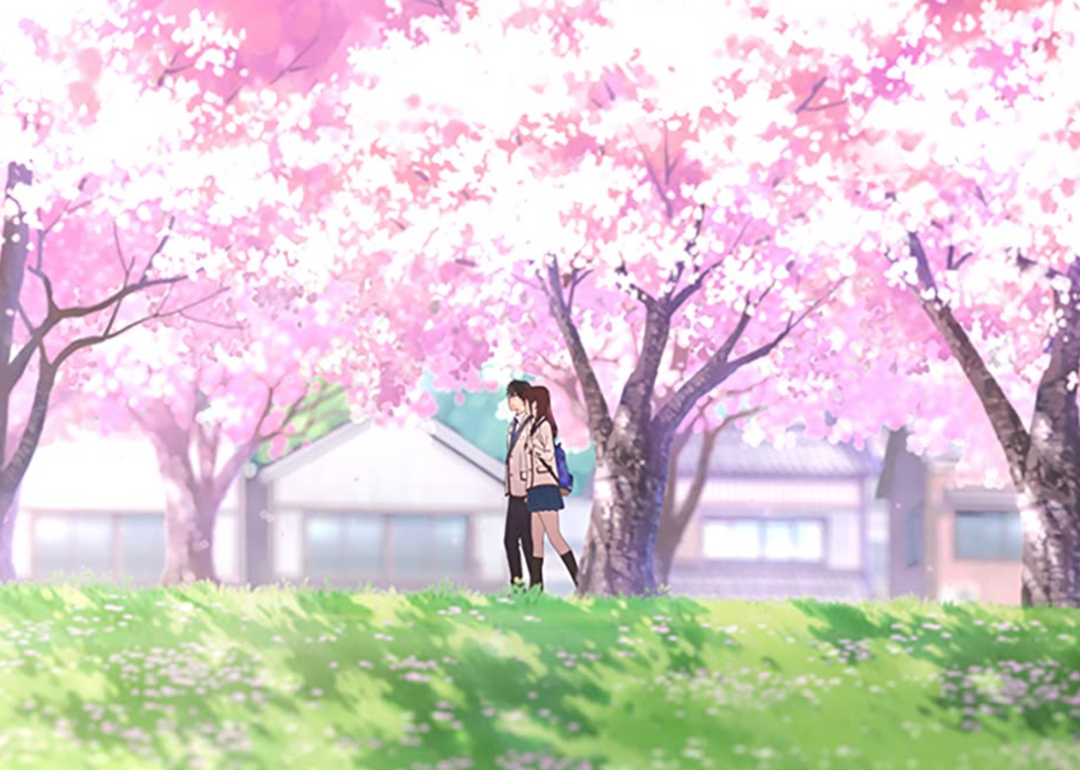
ABC Animation
#40. I Want to Eat Your Pancreas (2018)
– Director: Shin’ichirô Ushijima
– IMDb user rating: 8.0
– Metascore: data not available
– Runtime: 109 minutes
Don’t let the title put you off. “I Want to Eat Your Pancreas” is a beautiful and touching portrait of life. It follows an emotionally distant boy whose life is changed forever by a terminally ill girl, who he accompanies on her last days on Earth.
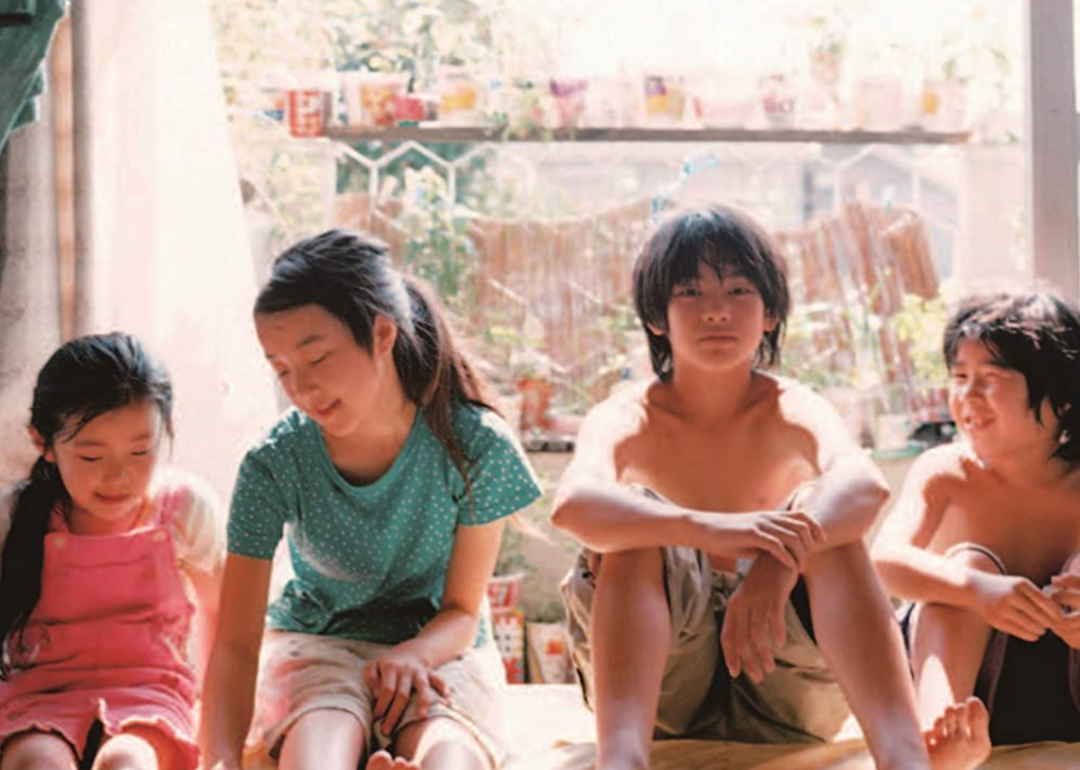
Bandai Visual Company
#39. Nobody Knows (2004)
– Director: Hirokazu Koreeda
– IMDb user rating: 8.0
– Metascore: 88
– Runtime: 141 minutes
Based on a true story out of Tokyo, “Nobody Knows” is a harrowing work that centers on a group of children abandoned by their mother and forced to fend for themselves. As a result, the children must live undetected for months in an apartment together, living off the very little money they were left.
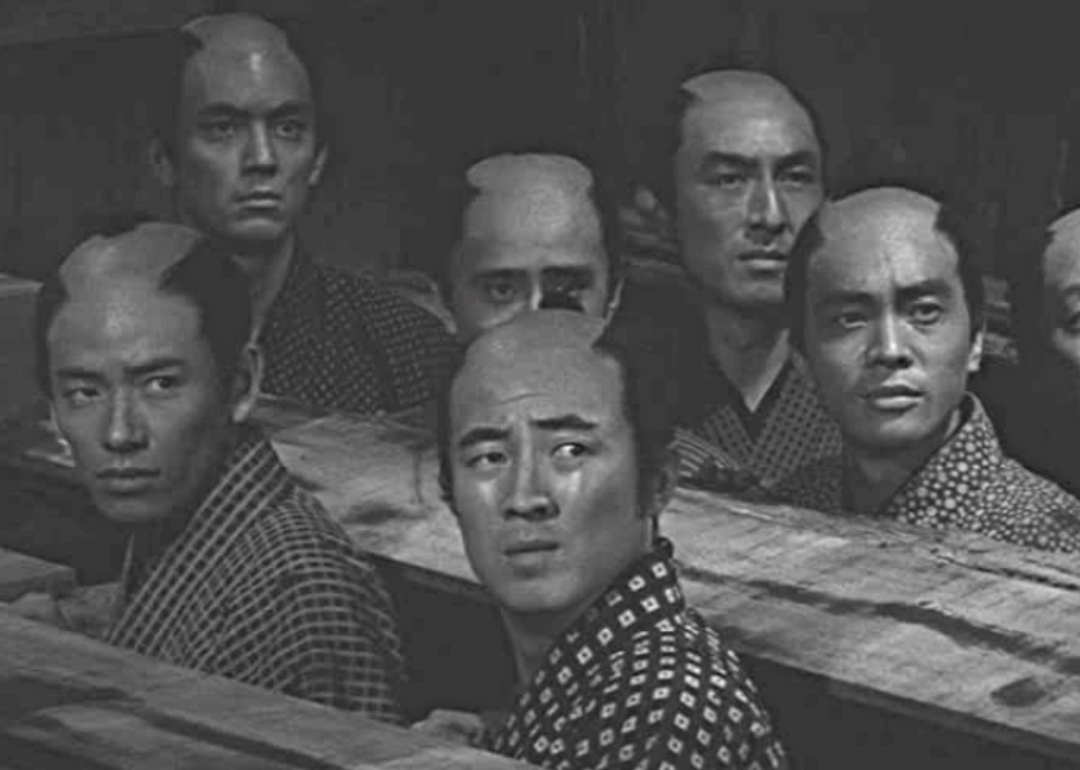
Toho Company
#38. Sanjuro (1962)
– Director: Akira Kurosawa
– IMDb user rating: 8.0
– Metascore: data not available
– Runtime: 96 minutes
Set in 18th-century Japan, nine young men accuse members of their clan of corruption. The group, moved to remove the evil influences from their life, is aided by a jaded soldier, who warps the romantic image of the samurai these young men have long imagined.
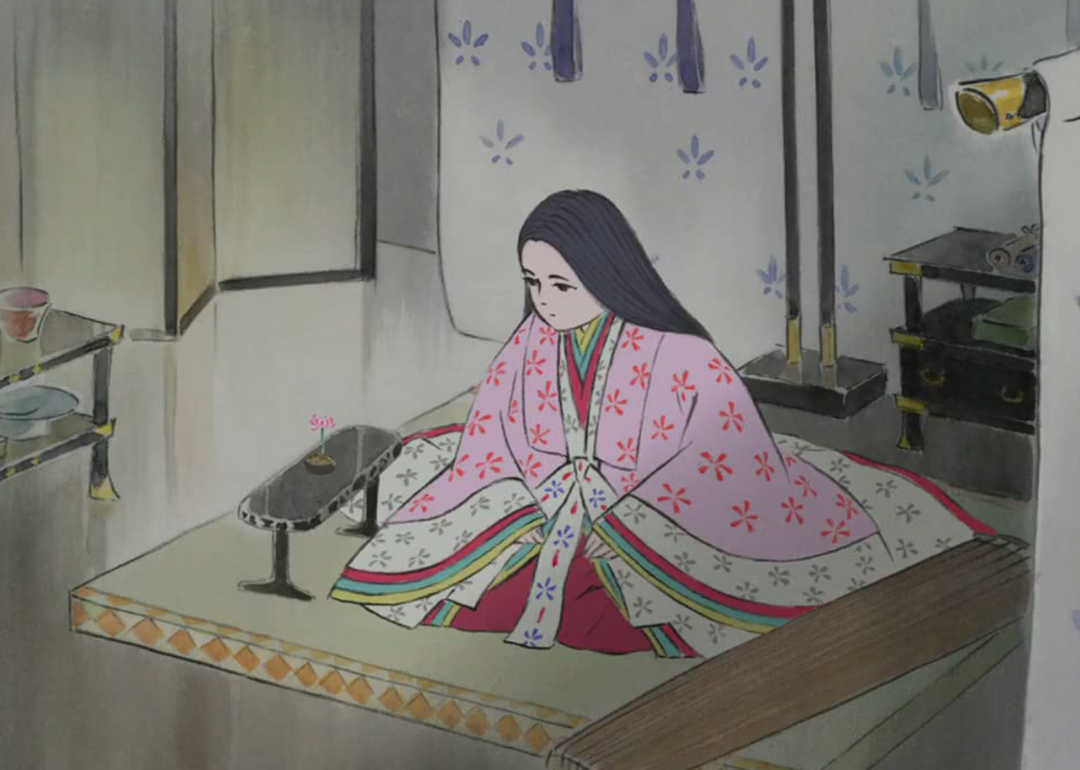
Studio Ghibli
#37. The Tale of The Princess Kaguya (2013)
– Director: Isao Takahata
– IMDb user rating: 8.0
– Metascore: 89
– Runtime: 137 minutes
Produced by Studio Ghibli in 2013, “The Tale of The Princess Kaguya” tells the story of a bamboo cutter and a little girl named Princess Kaguya, a magical being brought home to be raised by a lowly worker. Isao Takahata’s first film since 1999’s “My Neighbors the Yamadas,” “Princess Kaguya” differs from the Western influences of his Ghibli peer Hayao Miyazaki, as it comes heavily inspired by Eastern Japanese influences.
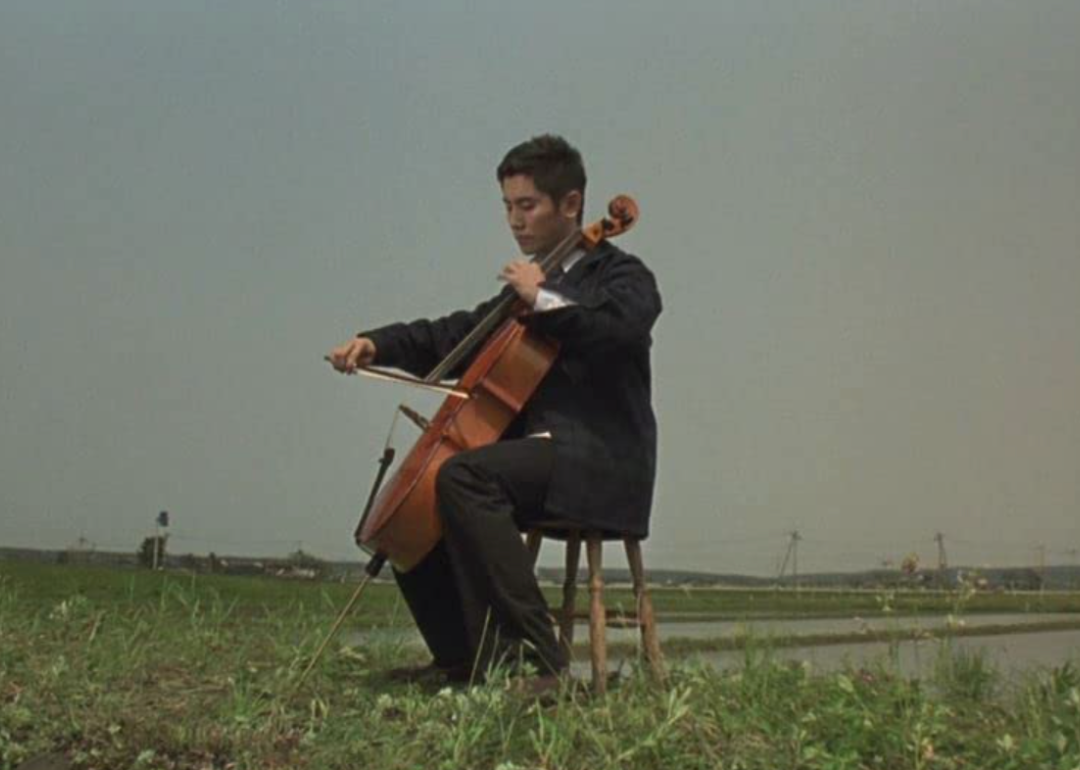
Amuse Soft
#36. Departures (2008)
– Director: Yôjirô Takita
– IMDb user rating: 8.0
– Metascore: 68
– Runtime: 130 minutes
When an out-of-work cellist returns to his hometown with his wife, he answers an ad for a job “working with departures,” which he interprets to mean he’ll be working as a travel agent. Instead, the cellist finds himself preparing corpses for cremation and discovers—much to his shame—that it may have been his forté all along.
You may also like: 100 greatest movie songs from 100 years of film
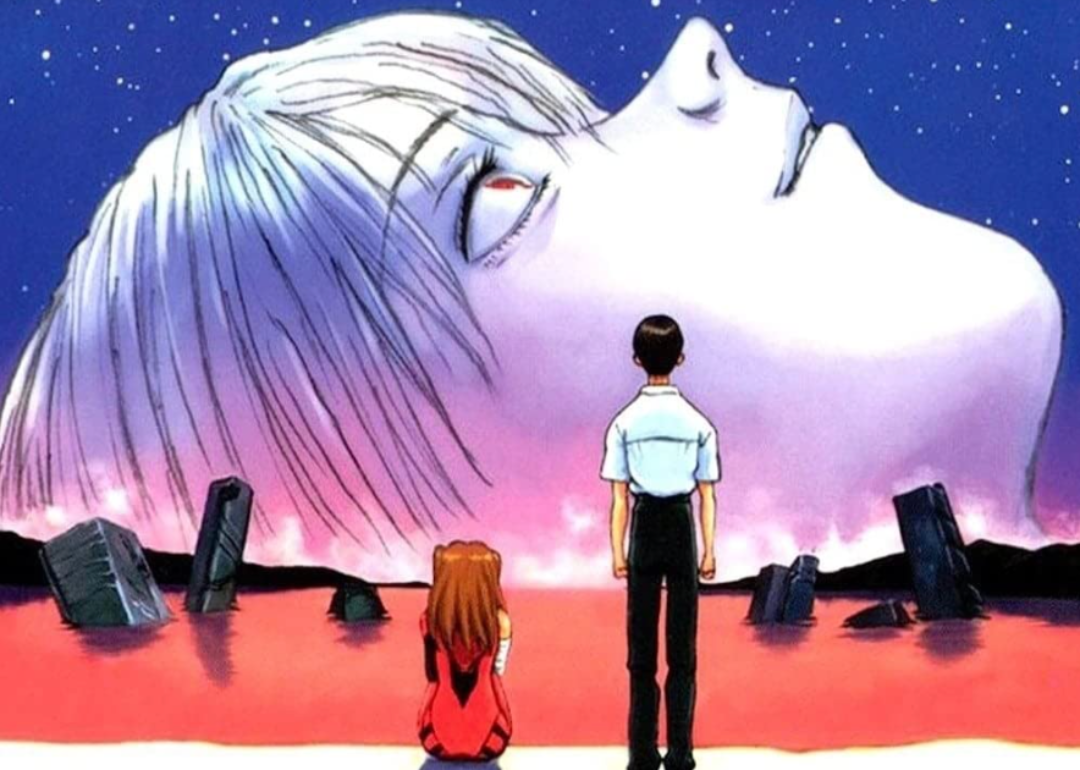
Gainax
#35. Neon Genesis Evangelion: The End of Evangelion (1997)
– Directors: Hideaki Anno, Kazuya Tsurumaki
– IMDb user rating: 8.0
– Metascore: data not available
– Runtime: 87 minutes
The “Neon Genesis” TV series infamously ended on an unfavorable note. “Neon Genesis Evangelion: The End of Evangelion” makes up for where the series’ ending went wrong, providing a new and ultimately more satisfying conclusion to the cult epic.
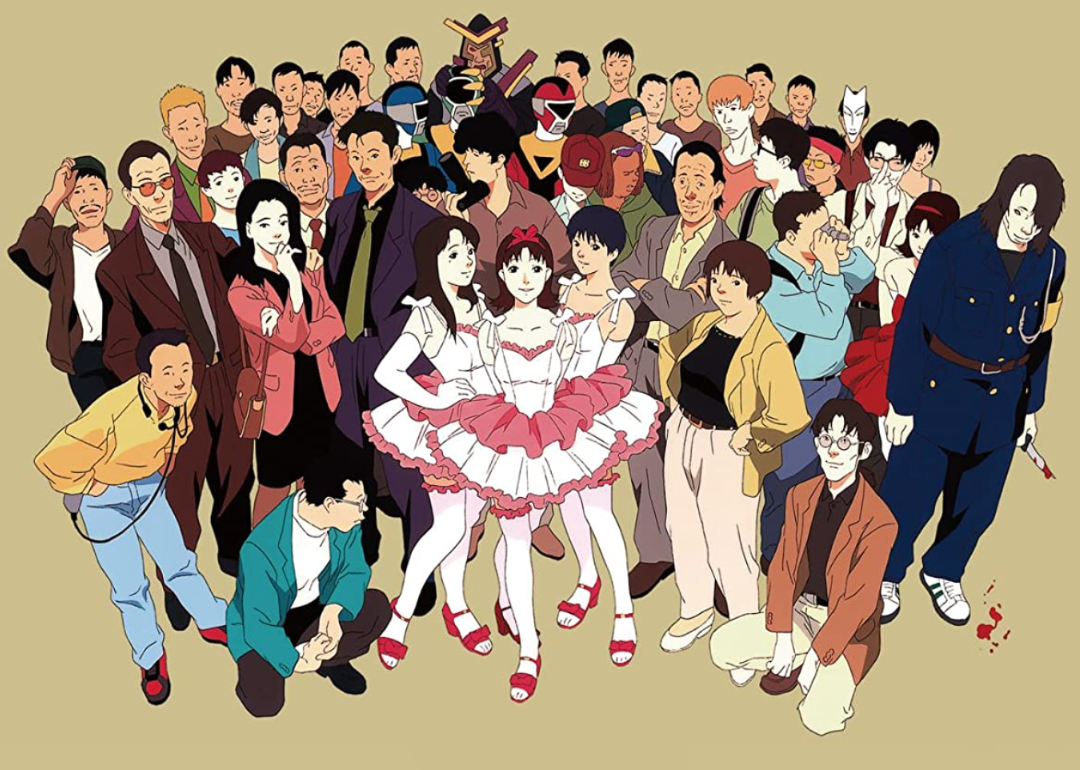
Rex Entertainment
#34. Perfect Blue (1997)
– Director: Satoshi Kon
– IMDb user rating: 8.0
– Metascore: 67
– Runtime: 81 minutes
When pop singer Mima Kirigoe departs her girl band to pursue a new career as a film actor, things rapidly unravel as her life begins to mirror the film in which she’s starring. Kon’s directorial debut pushed the animated genre into an entirely new and horrifying direction, inspiring countless directors from across the globe in the years since its release.
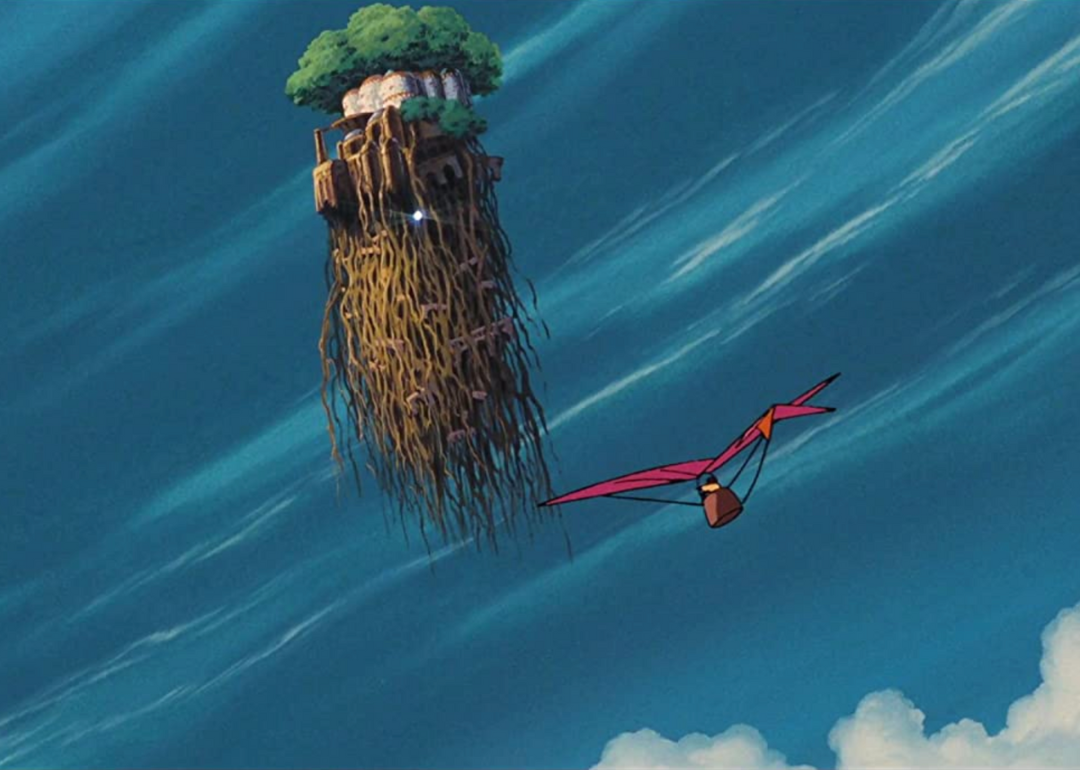
Tokuma Shoten
#33. Castle in the Sky (1986)
– Director: Hayao Miyazaki
– IMDb user rating: 8.0
– Metascore: 78
– Runtime: 125 minutes
One of Hayao Miyazaki’s earlier films, “Castle in the Sky” finds a miner and a young girl searching for a long-lost island rumored to hold a wealth of treasure. Only a secret spell, passed down to the girl by her grandmother, can unlock the island’s riches—a secret that the government is also desperately searching for.

Nibariki
#32. Nausicaä of the Valley of the Wind (1984)
– Director: Hayao Miyazaki
– IMDb user rating: 8.0
– Metascore: 86
– Runtime: 117 minutes
Another of Hayao Miyazaki’s early films, “Nausicaä of the Valley of the Wind” put the legendary Studio Ghibli director on the map. Often regarded as one of the greatest animated features of all time, the film follows the titular warrior princess in a post-apocalyptic world as she attempts to diminish a conflict between her land and the evil nation of Tolmekia.
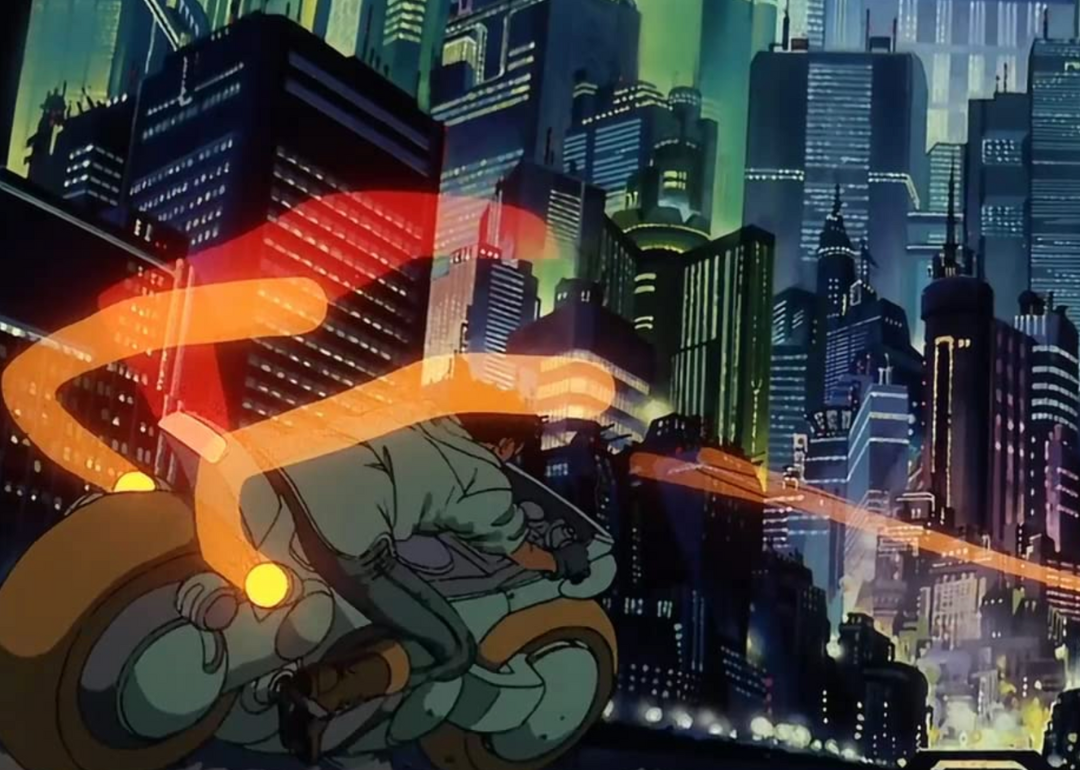
Akira Committee Company Ltd.
#31. Akira (1988)
– Director: Katsuhiro Ôtomo
– IMDb user rating: 8.0
– Metascore: 67
– Runtime: 124 minutes
Katsuhiro Ôtomo’s cyberpunk masterpiece “Akira” has inspired future-focused films like “The Matrix” while fundamentally shifting the anime landscape into a new direction. Set in an imagined post-World War III future in a city that resembles Tokyo, “Akira” finds two teenagers stumbling upon a secret government plan to develop telekinetic humans. Soon, they discover Akira, the government’s most powerful subject.
You may also like: Sequels that outperformed the original at the box office
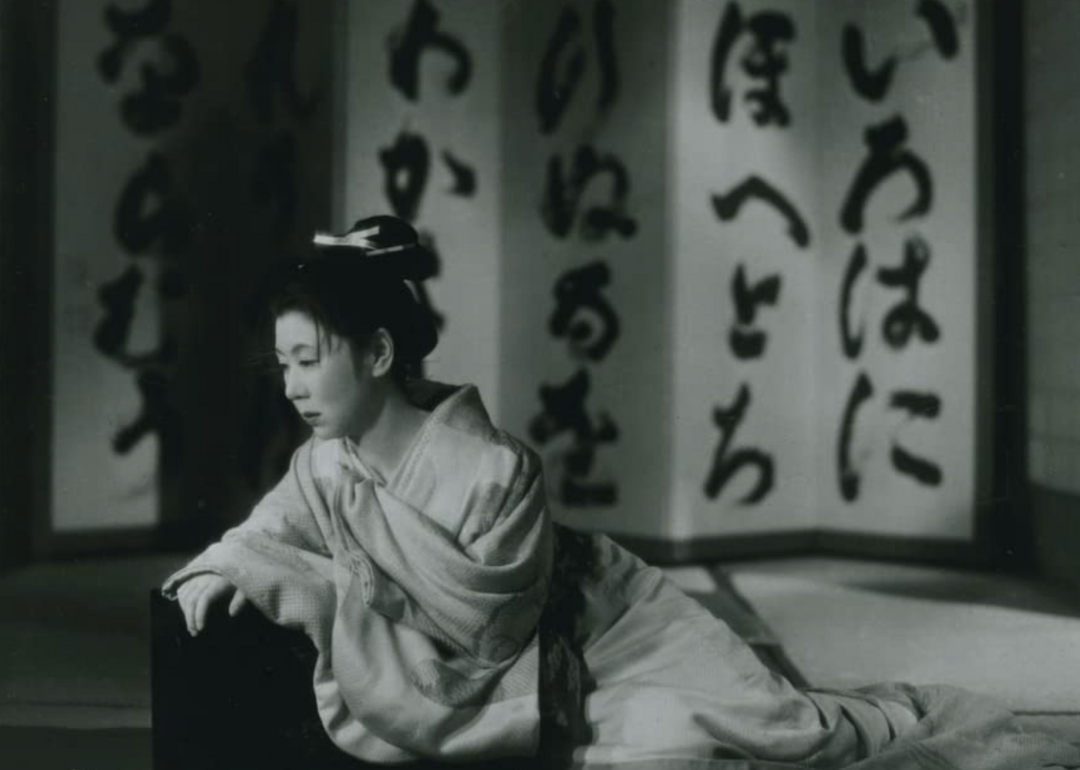
Koi Productions
#30. The Life of Oharu (1952)
– Director: Kenji Mizoguchi
– IMDb user rating: 8.1
– Metascore: data not available
– Runtime: 133 minutes
Few directors have rendered the human soul onto the screen as tactfully and clearly as Kenji Mizoguchi. Starring the peerless Kinuyo Tanaka, “The Life of Oharu” is an intimate portrait of a woman’s fall from grace. Audiences see her descending from imperial lady-in-waiting to a lady of the street.
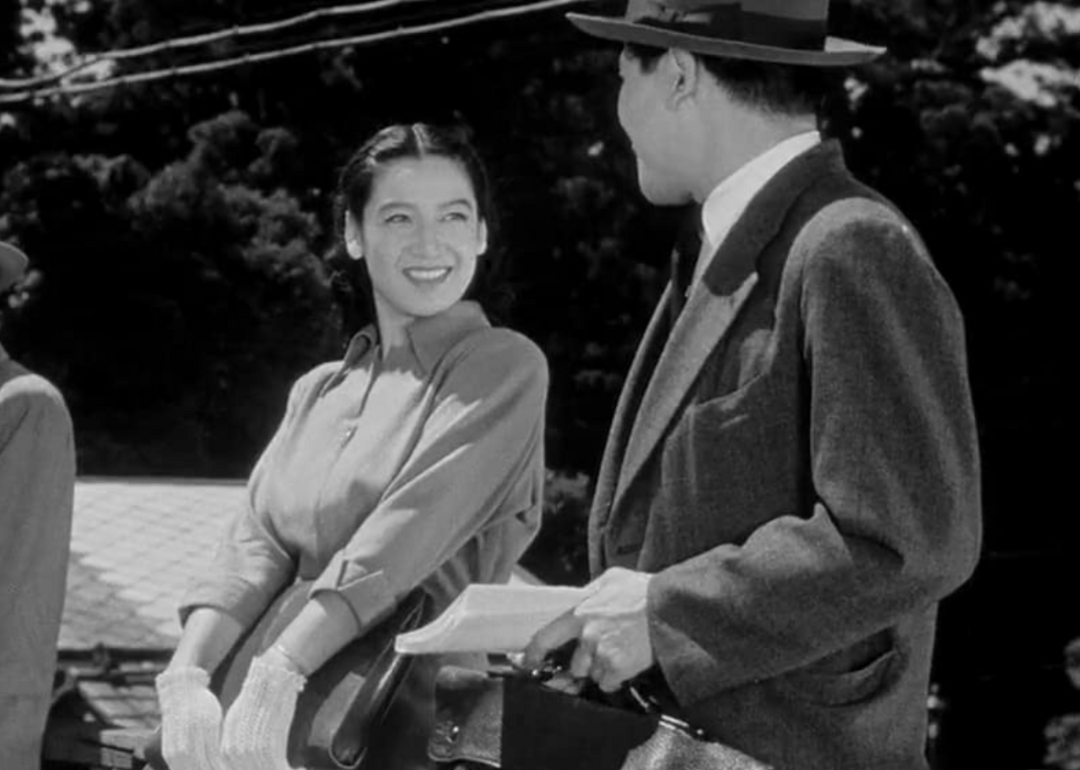
Shochiku
#29. Early Summer (1951)
– Director: Yasujirô Ozu
– IMDb user rating: 8.1
– Metascore: 94
– Runtime: 125 minutes
When the Mamiya family begins searching for a husband for their daughter Nokiro, the daughter in question has other ideas. While her family searches for prospects, Nokiro ventures back to the past. When sparks fly with a childhood friend, a rift forms in the family unit.
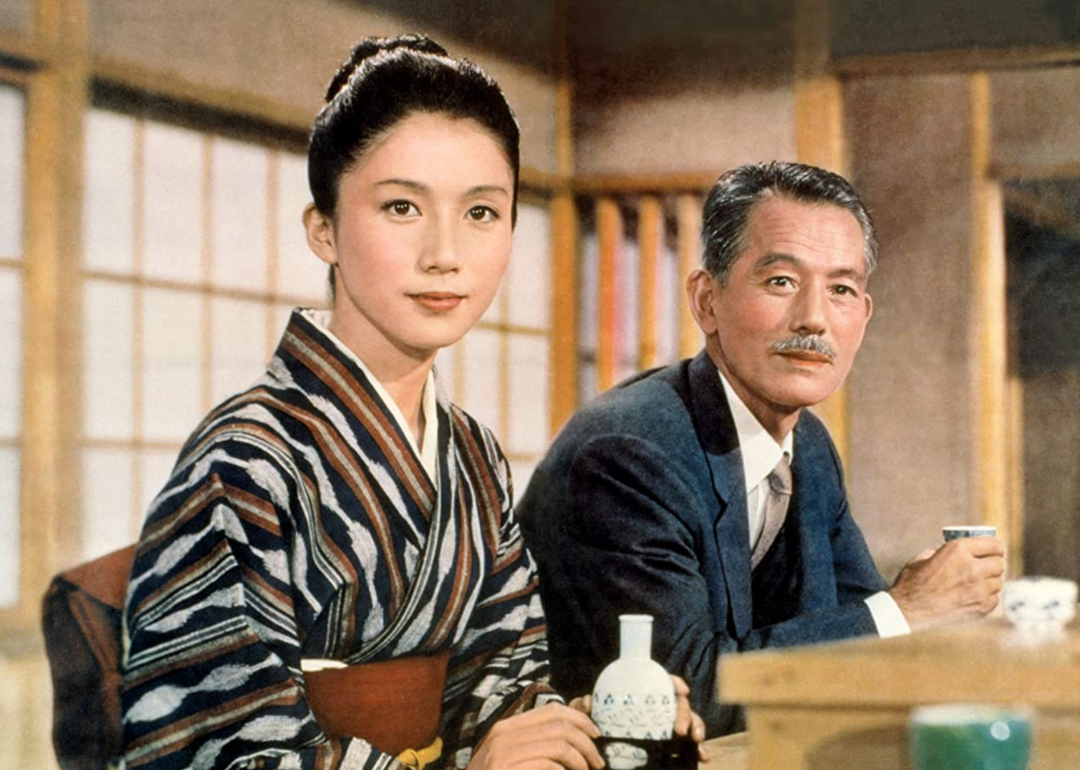
Shochiku
#28. An Autumn Afternoon (1962)
– Director: Yasujirô Ozu
– IMDb user rating: 8.1
– Metascore: 91
– Runtime: 113 minutes
“An Autumn Afternoon,” Yasujirô Ozu’s final film, follows the widowed Shuhei, who has been living contentedly for years alongside his daughter. With the prospect of her child’s marriage looming, Shuhei has to resign himself to her departure in what is undoubtedly one of cinema’s most sorrowful yet fondest farewells.
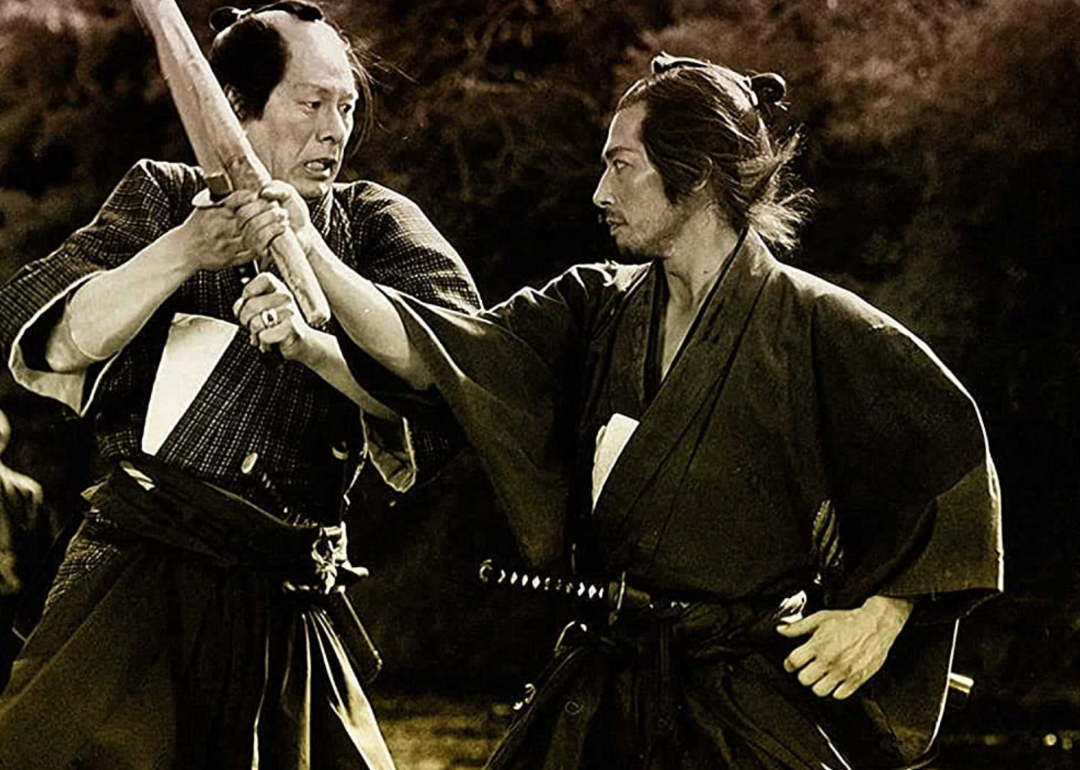
Eisei Gekijo
#27. The Twilight Samurai (2002)
– Director: Yôji Yamada
– IMDb user rating: 8.1
– Metascore: 82
– Runtime: 129 minutes
A recently widowed samurai named Seibei is forced to forego a potential remarriage in order to look after his senile mother and two young daughters. Based on the novels of Shuhei Fujisawa, “The Twilight Samurai” is a thoroughly absorbing and all-embracing account of a man’s conflict between duty and love and how the two often overlap.
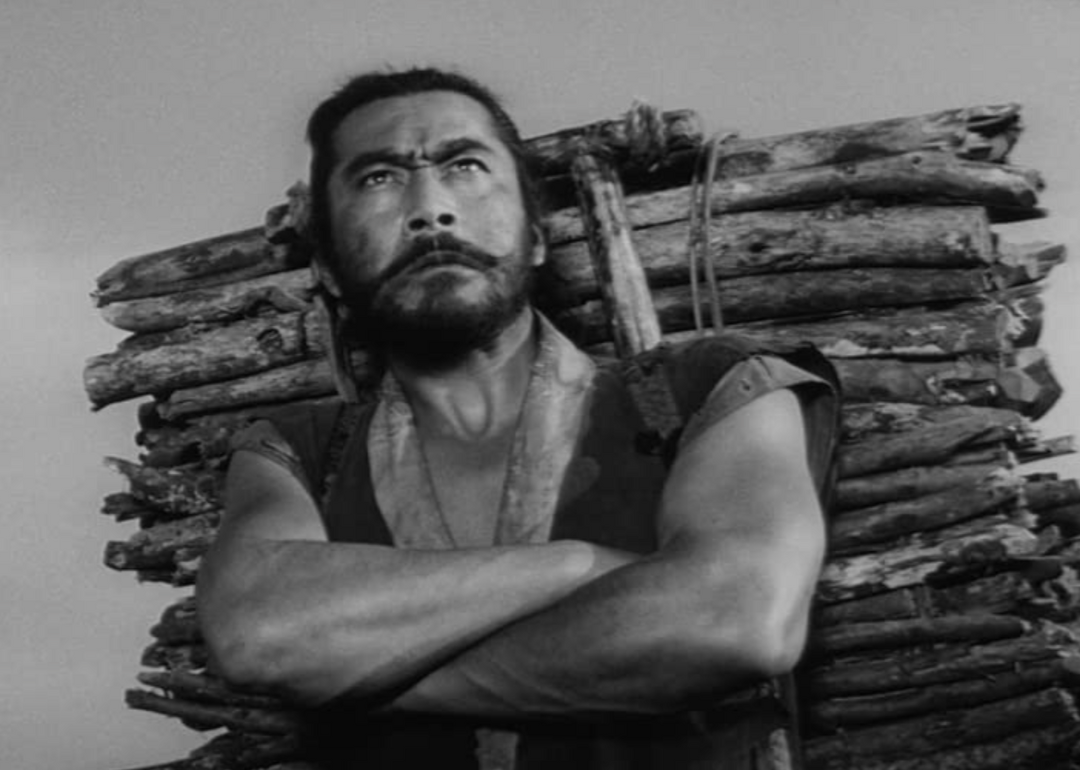
Toho Company
#26. The Hidden Fortress (1958)
– Director: Akira Kurosawa
– IMDb user rating: 8.1
– Metascore: 89
– Runtime: 126 minutes
Akira Kurosawa, one of Japan’s all-time greats, features several times on this list for many good reasons—”The Hidden Fortress” being the first of them. A primary influence for “Star Wars,” “The Hidden Fortress” follows a general who has been accused of kidnapping his defeated clan’s princess, as the two of them attempt to smuggle treasure across ransacked territories.
You may also like: 50 best WWII movies of all time
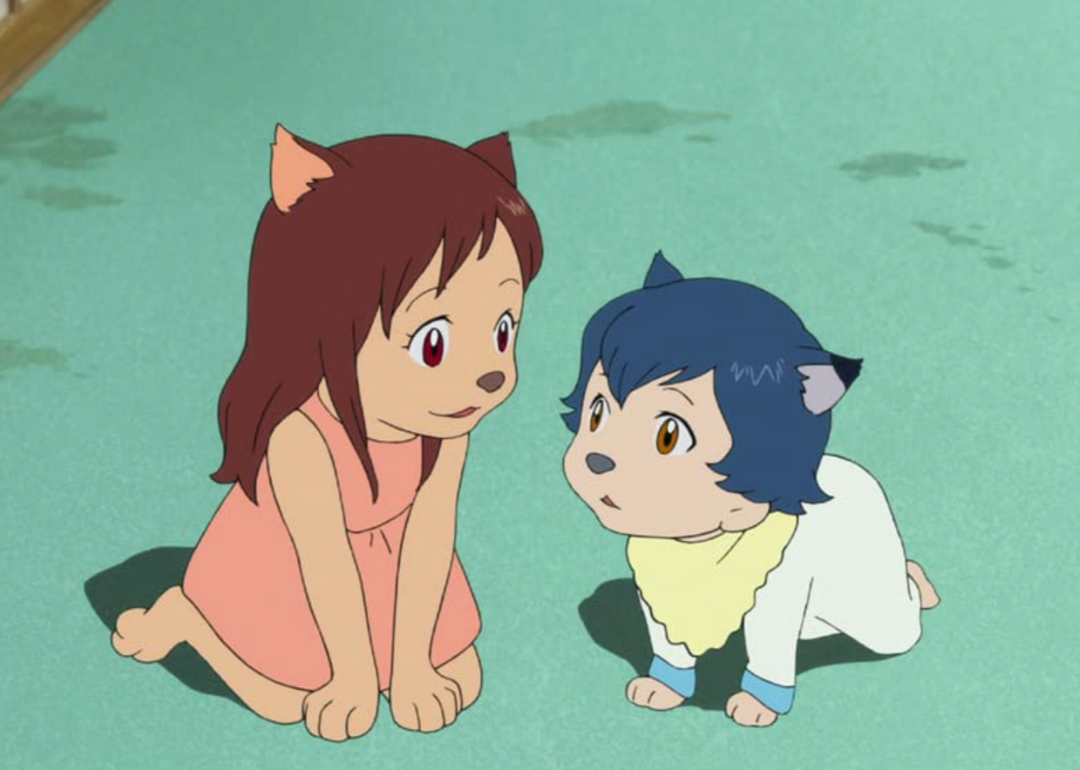
Nippon Television Network (NTV)
#25. Wolf Children (2012)
– Director: Mamoru Hosoda
– IMDb user rating: 8.1
– Metascore: 71
– Runtime: 117 minutes
A young college student named Hana only learns her true love’s secret after bearing his children. As you could probably guess from the title: her little bundles of joy are, in fact, wolf children. After the untimely death of her lupine husband, Hana must find a way to single-handedly raise her howling horde.
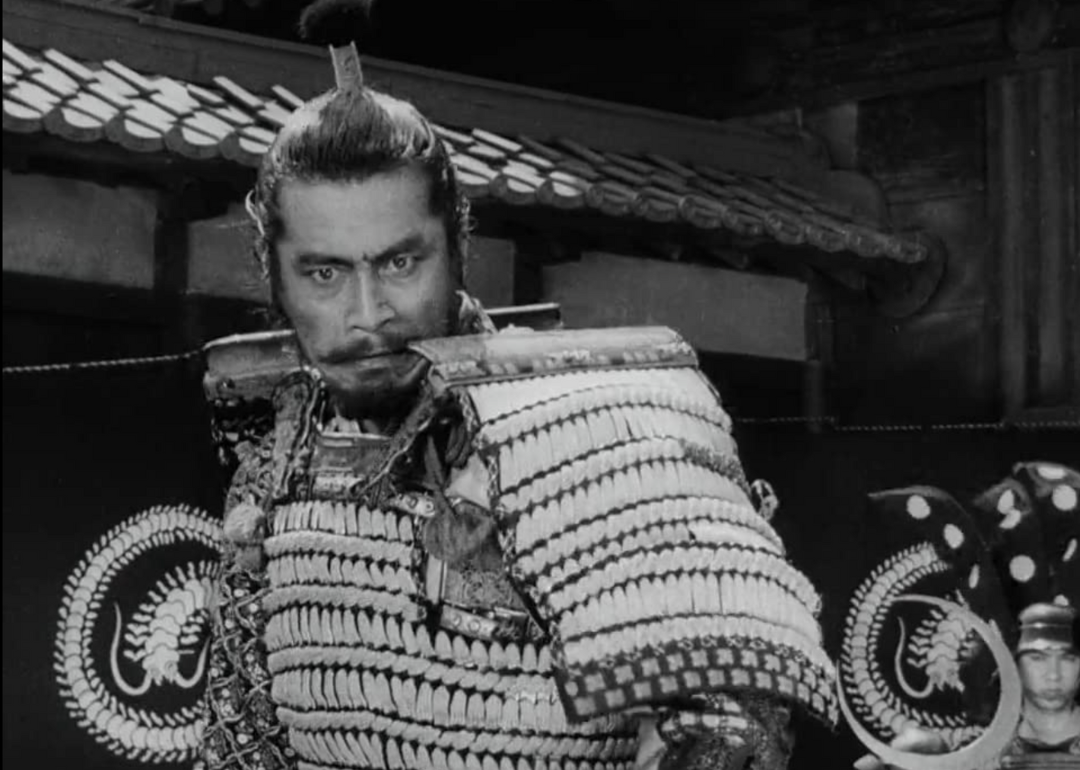
Toho Company
#24. Throne of Blood (1957)
– Director: Akira Kurosawa
– IMDb user rating: 8.1
– Metascore: data not available
– Runtime: 110 minutes
Setting “Macbeth” in feudal Japan, Akira Kurosawa masterfully blends Western tragedy with the formalism of Noh theater to present a sedately composed yet animalistic piece of cinema that foregrounds atmosphere and a sustained anxiety-inducing mood. It’s a balancing act that only Akira Kurosawa, it seems, can master.
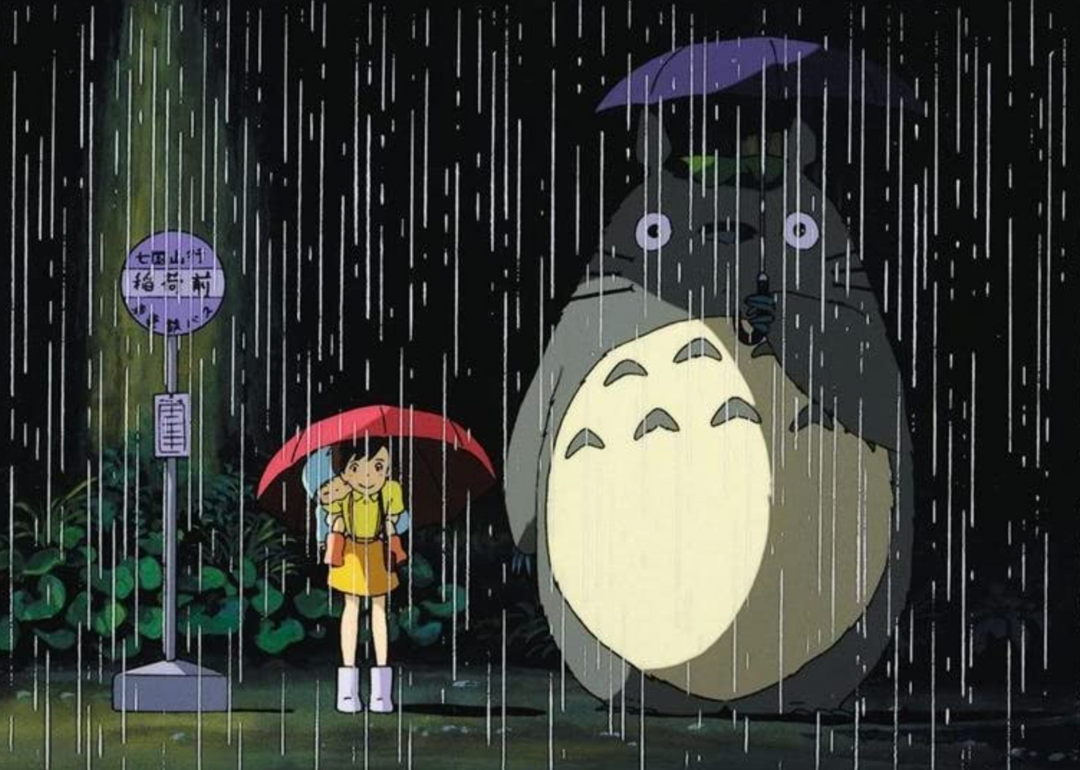
Tokuma Japan Communications
#23. My Neighbor Totoro (1988)
– Director: Hayao Miyazaki
– IMDb user rating: 8.1
– Metascore: 86
– Runtime: 86 minutes
Like all of Hayao Miyazaki’s films in his great ’80s run, “My Neighbor Totoro” fuses childlike familiarity with the strange wonder of an unexplored world. Totoro, the film’s namesake, is a forest spirit that the young Mei finds in a tree near her home in the countryside. Meanwhile, her mother is sick with an unnamed illness and soon goes missing. Only Totoro can help Mei locate her.
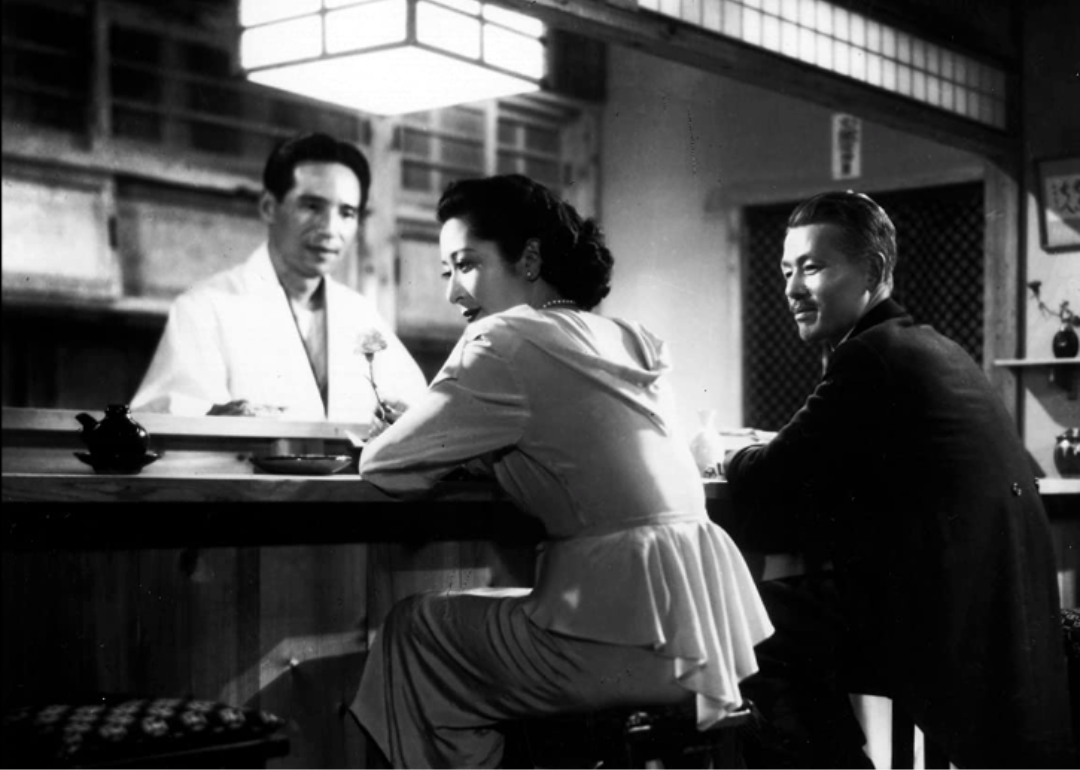
Shochiku
#22. Late Spring (1949)
– Director: Yasujirô Ozu
– IMDb user rating: 8.2
– Metascore: 93
– Runtime: 108 minutes
In “Late Spring”, another of Yasujirô Ozu’s enduring family portraits, a widowed father living in postwar Japan feels he must marry off his daughter to win her love. A favorite among many directors, the film went on to later inspire Claire Denis’ “35 Shots of Rum.”
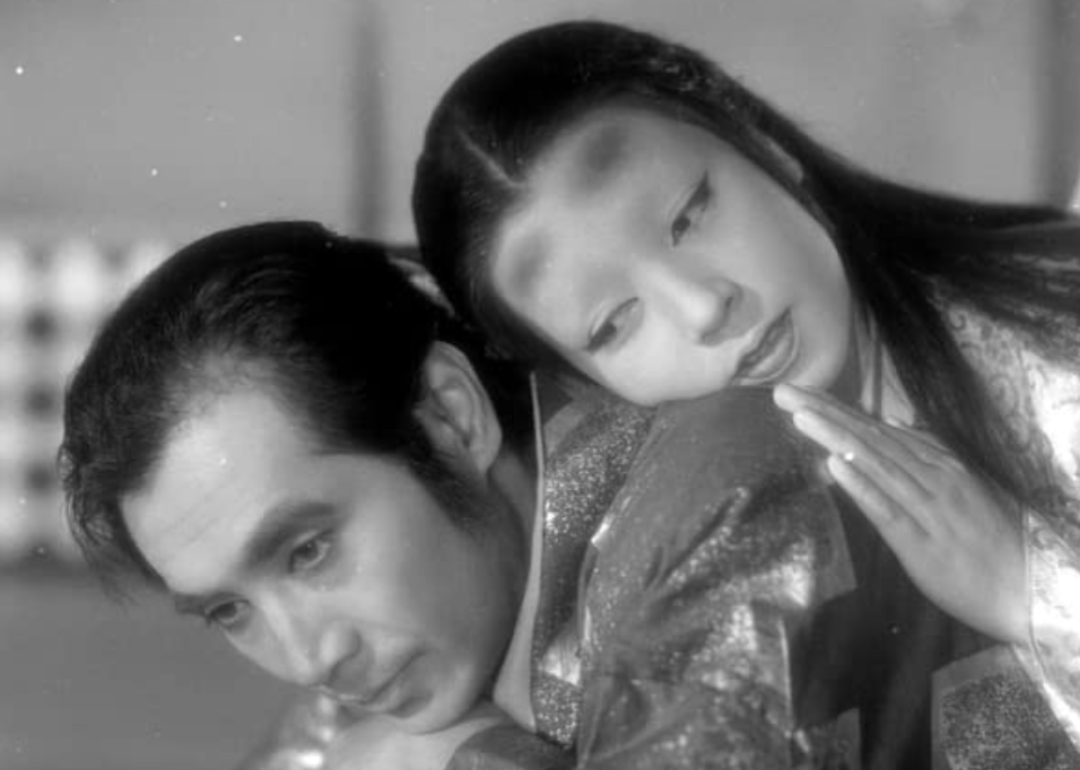
Daiei Studios
#21. Ugetsu (1953)
– Director: Kenji Mizoguchi
– IMDb user rating: 8.2
– Metascore: data not available
– Runtime: 96 minutes
Fiercely revered and respected by many of Japan’s great directors, Kenji Mizoguchi ended his career on a high with “Ugetsu.” With plenty of long takes and sweeping camera shots, the film follows two lowly 16th-century villagers whose pursuit of greater fortune ultimately estranges them from their wives and homes.
You may also like: 25 iconic closing shots from film history
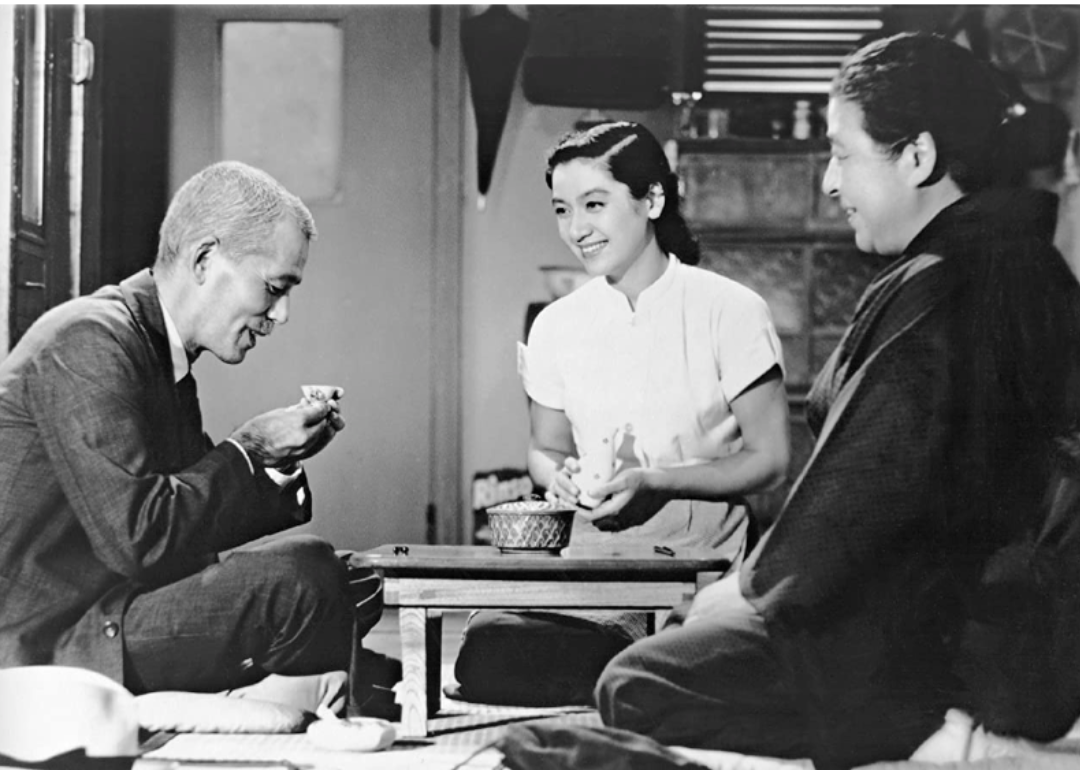
Shochiku
#20. Tokyo Story (1953)
– Director: Yasujirô Ozu
– IMDb user rating: 8.2
– Metascore: 100
– Runtime: 136 minutes
Yasujirô Ozu’s typically minimalist “Tokyo Story” is a bittersweet tale of an old married couple’s journey to see their children, who have grown up and no longer depend on their parents. The film continues the director’s thematic preoccupation with generational conflict and makes a masterpiece out of the pain of aging.
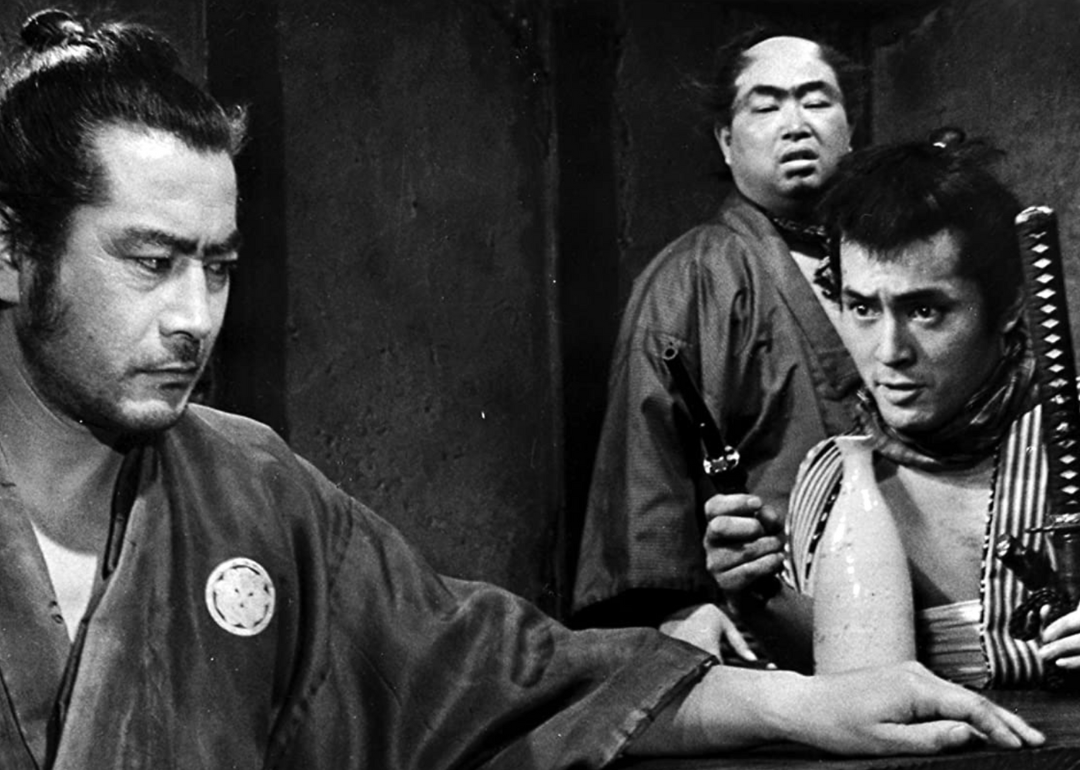
Kurosawa Production Co.
#19. Yojimbo (1961)
– Director: Akira Kurosawa
– IMDb user rating: 8.2
– Metascore: 93
– Runtime: 110 minutes
Toshirô Mifune, no doubt one of Japan’s finest actors, stars in this Akira Kurosawa flick, which sees a clumsy samurai trying to use a rift between two local clans to his own advantage. Shot and remade twice, “Yojimbo” masterfully combines Western elements with samurai film tropes.
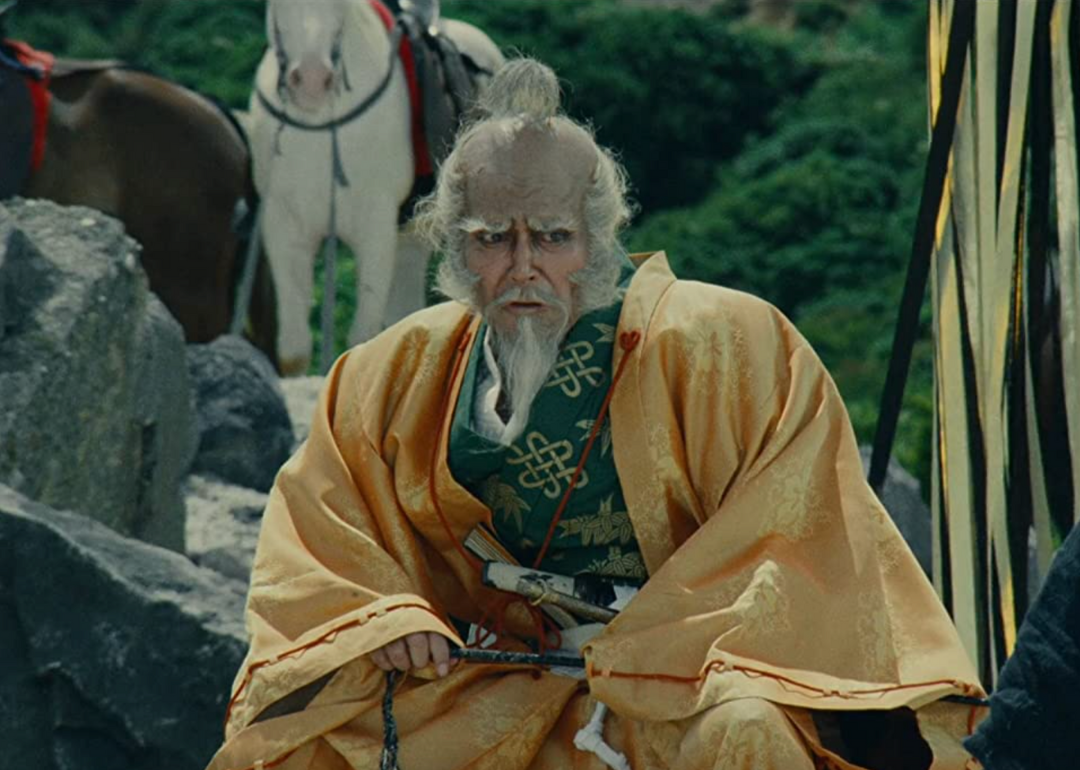
Greenwich Film Productions
#18. Ran (1985)
– Director: Akira Kurosawa
– IMDb user rating: 8.2
– Metascore: 96
– Runtime: 162 minutes
In “Ran,” Akira Kurosawa sets Shakespeare’s “King Lear” in 16th-century Japan with a samurai backdrop. One of the director’s late-life masterpieces, “Ran” is majestic in scope though its greatest strengths are in its smallest details.
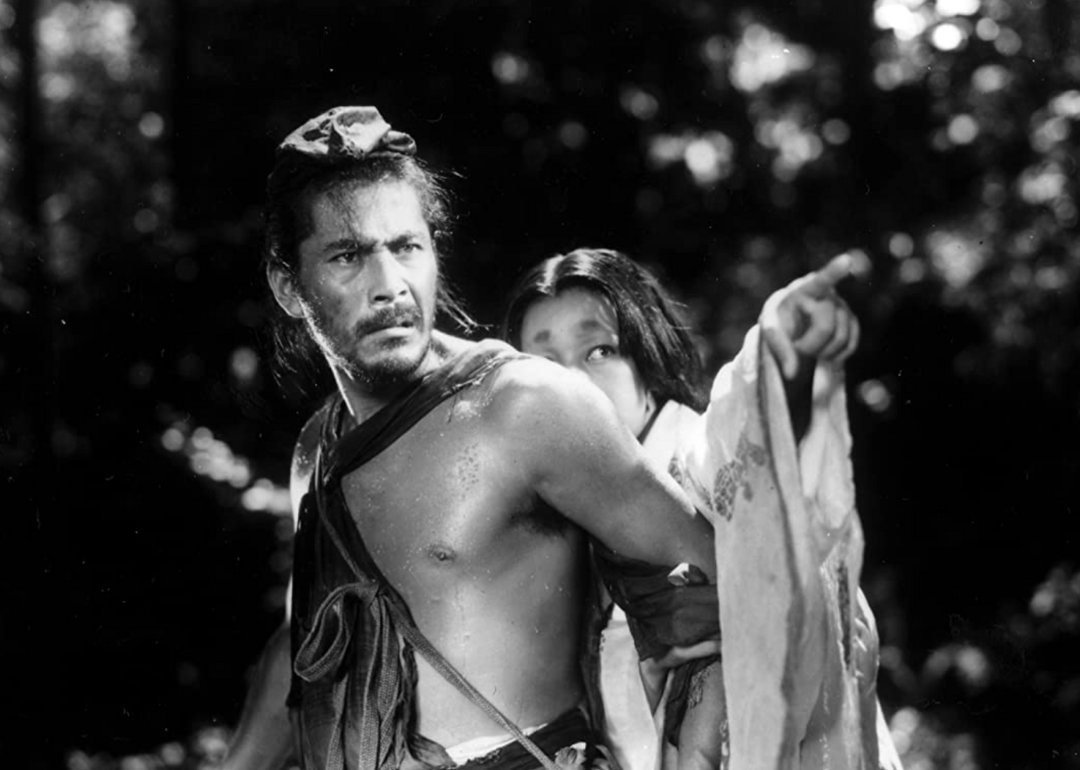
Daiei
#17. Rashomon (1950)
– Director: Akira Kurosawa
– IMDb user rating: 8.2
– Metascore: 98
– Runtime: 88 minutes
Considered by many critics to be one of the greatest movies ever made, “Rashomon” was also one of the first Japanese films to be brought to a major U.S. audience. In this early Akira Kurosawa flick, four different people from four different perspectives give their accounts of a murder in the woods.
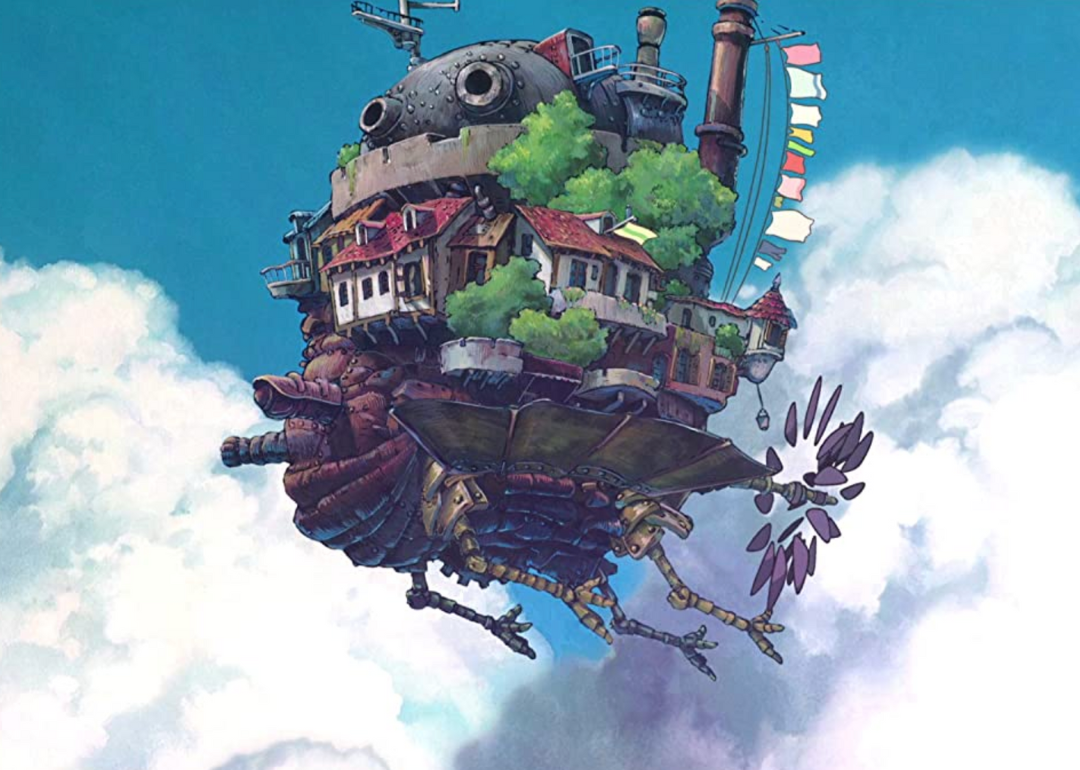
Buena Vista Home Entertainment
#16. Howl’s Moving Castle (2004)
– Director: Hayao Miyazaki
– IMDb user rating: 8.2
– Metascore: 80
– Runtime: 119 minutes
Based on the 1986 novel of the same name, Hayao Miyazaki’s 14th animated film follows a young girl called Sophie who is turned into an old woman by an evil witch while steam-punk-like air vessels fly overhead and create the film’s supremely arresting atmosphere.
You may also like: 100 best American movies of all time
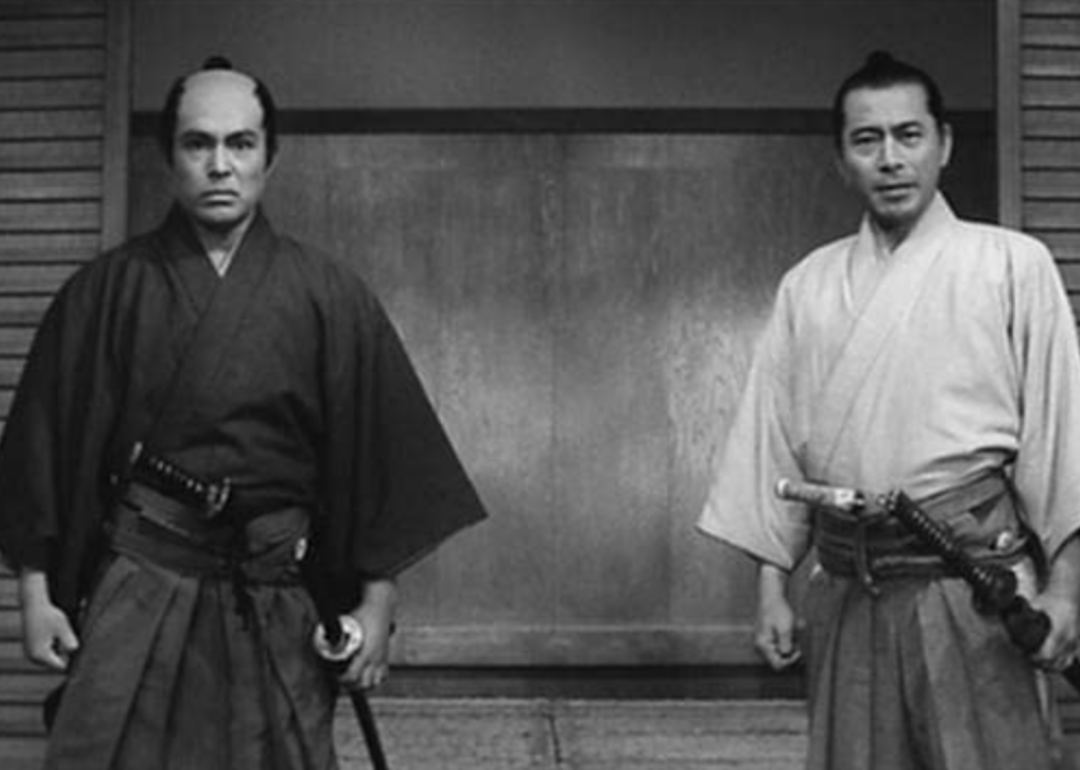
Mifune Productions Co. Ltd.
#15. Samurai Rebellion (1967)
– Director: Masaki Kobayashi
– IMDb user rating: 8.3
– Metascore: 90
– Runtime: 128 minutes
By the time he made “Samurai Rebellion,” Masaki Kobayashi had gained a reputation for challenging authority and totalitarianism in his films. “Samurai Rebellion,” which follows an aging swordsman whose daughter has displeased his clan’s lord, is a shining example of the director’s greatness.
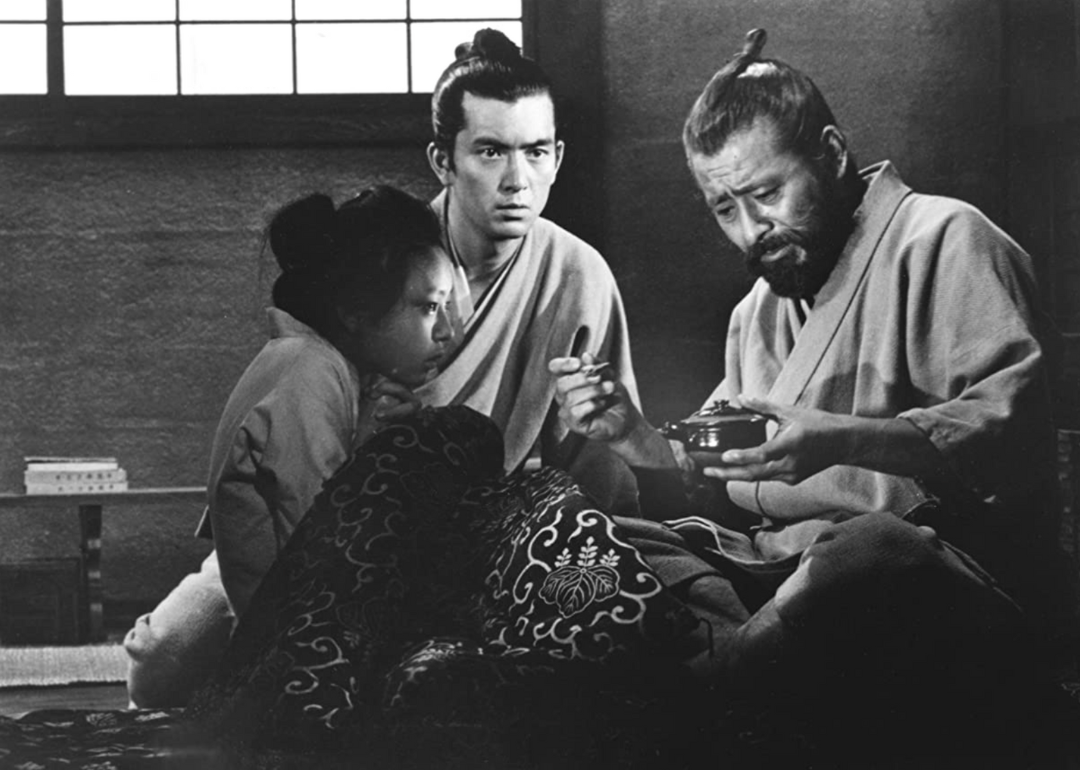
Kurosawa Production Co.
#14. Red Beard (1965)
– Director: Akira Kurosawa
– IMDb user rating: 8.3
– Metascore: 90
– Runtime: 185 minutes
Akira Kurosawa’s last black-and-white film and his last with actor Toshirô Mifune, “Red Beard” chronicles the rollercoaster relationship between a young doctor and an experienced clinic director. Set in 19th-century Japan, “Red Beard” is ultimately a testament to the goodness of humanity.
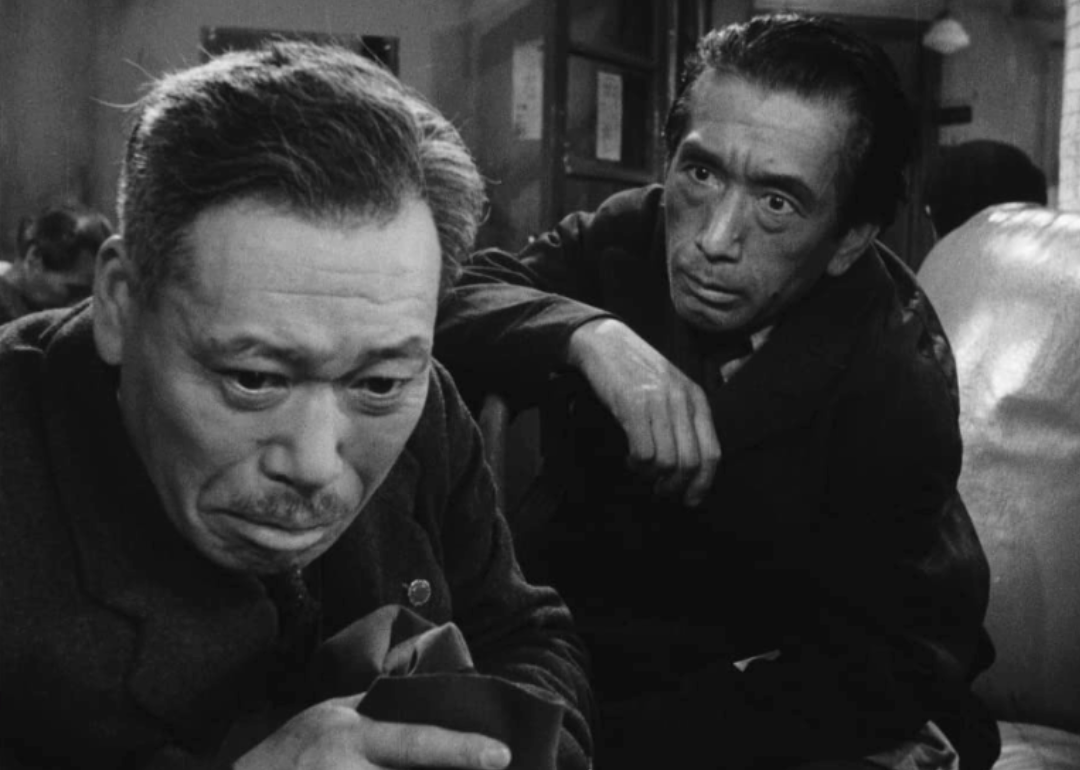
Toho Company
#13. Ikiru (1952)
– Director: Akira Kurosawa
– IMDb user rating: 8.3
– Metascore: 91
– Runtime: 143 minutes
Considered by many to be Akira Kurosawa’s greatest achievement, “Ikiru” casts death as its subject to spotlight the miracle of life. The film follows an old bureaucrat recently diagnosed with terminal cancer who is forced to find meaning in his final days.
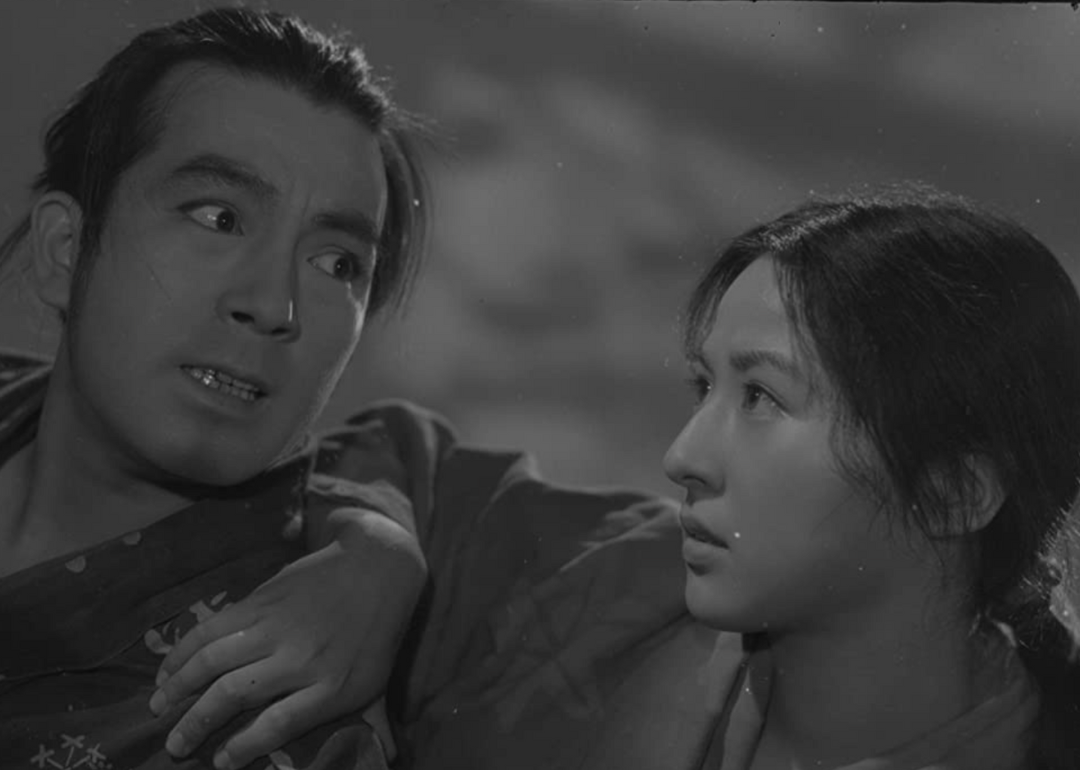
Daiei Studios
#12. Sansho the Bailiff (1954)
– Director: Kenji Mizoguchi
– IMDb user rating: 8.4
– Metascore: 96
– Runtime: 124 minutes
With its unflichinging depictions of slavery and overall brutality, “Sansho the Bailiff” isn’t for the faint of heart. It follows a governor who is cast into exile for disobeying his feudal lord, leaving his wife and children to fend for themselves.
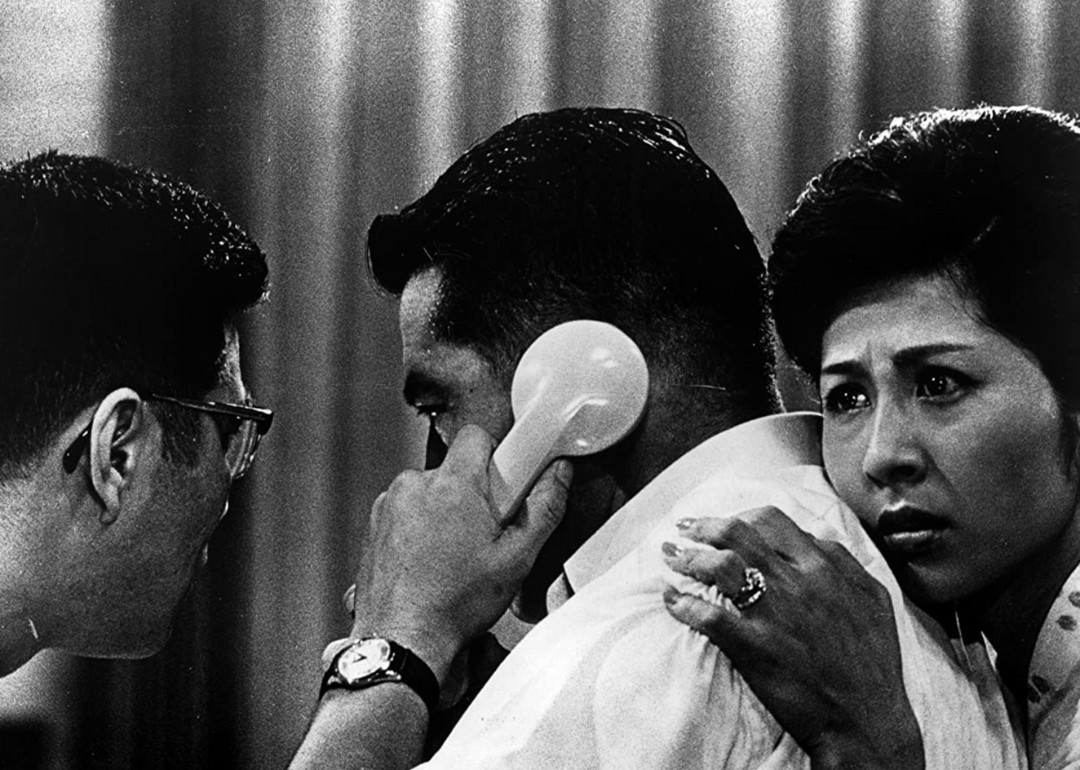
Kurosawa Production Co.
#11. High and Low (1963)
– Director: Akira Kurosawa
– IMDb user rating: 8.4
– Metascore: 90
– Runtime: 143 minutes
Akira Kurosawa’s “High and Low” tells the story of a high-flying executive whose big, life-changing deal coincides with his son being taken for ransom. Adapted from the detective novel “King Ransom” by Evan Hunter, the film is considered by many to be one of Japanese cinema’s greatest thrillers.
You may also like: 100 best fantasy movies of all time

Amuse
#10. Your Name. (2016)
– Director: Makoto Shinkai
– IMDb user rating: 8.4
– Metascore: 79
– Runtime: 106 minutes
High schoolers Taki and Mitsuha are total strangers to one another. That is until they mysteriously switch bodies. In this “Freaky Friday” romance, the two teenagers learn to warp their lives around one another’s worlds in this animated epic.
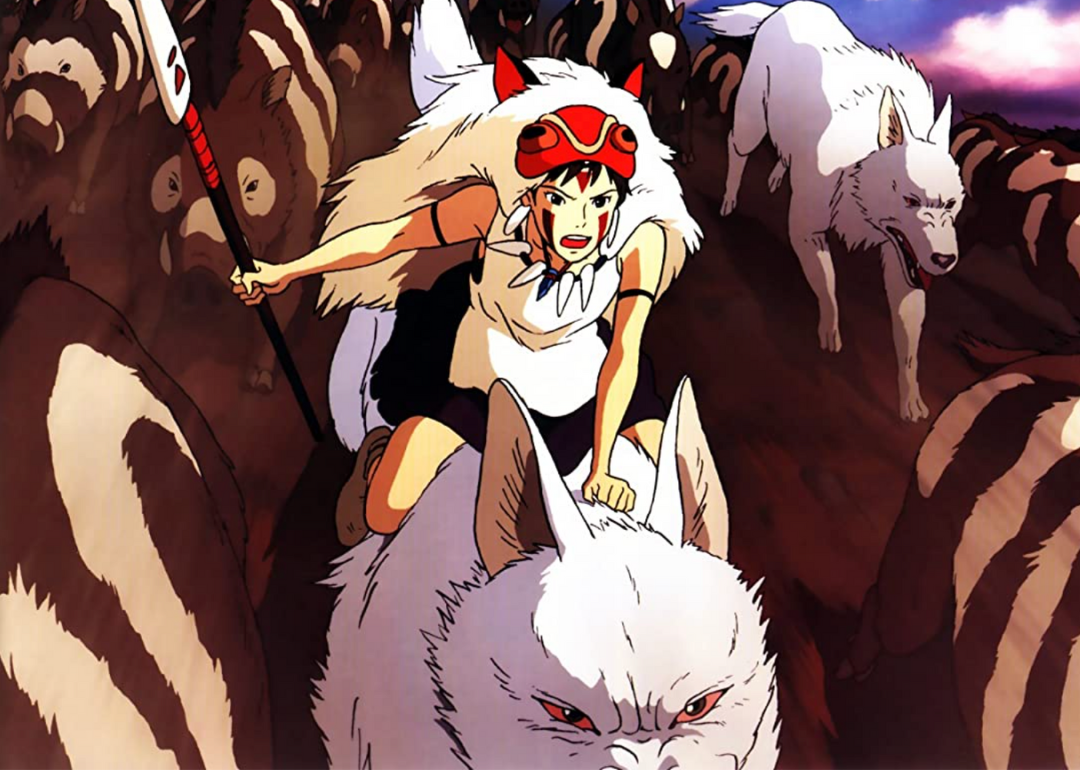
DENTSU Music And Entertainment
#9. Princess Mononoke (1997)
– Director: Hayao Miyazaki
– IMDb user rating: 8.4
– Metascore: 76
– Runtime: 134 minutes
“Princess Mononoke” was considered to be something of a departure for Hayao Miyazaki when it was released towards the end of the 1990s. He’d built up a reputation for light-hearted, children-focused adventure, but “Princess Mononoke,” a film largely about ecological devastation, turned the director’s gentleness on its head.
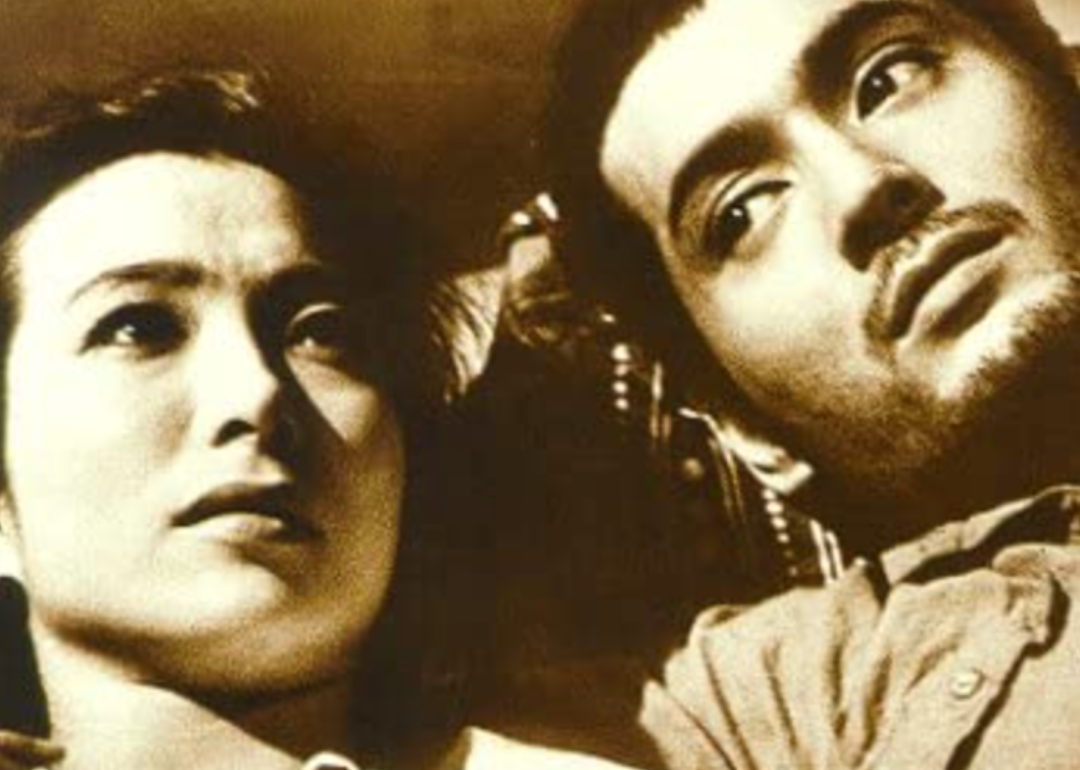
Toho Company
#8. The Human Condition II: Road to Eternity (1959)
– Director: Masaki Kobayashi
– IMDb user rating: 8.5
– Metascore: data not available
– Runtime: 181 minutes
Originally filmed and released in three parts, Masaki Kobayashi’s “The Human Condition” is undoubtedly one of Japanese cinema’s most mammoth and magnificent achievements. “Road to Eternity,” the epic’s second installment, sees Kaji, the film’s protagonist, being forced to serve in the army while he watches as his best friend defects to the Russian border.
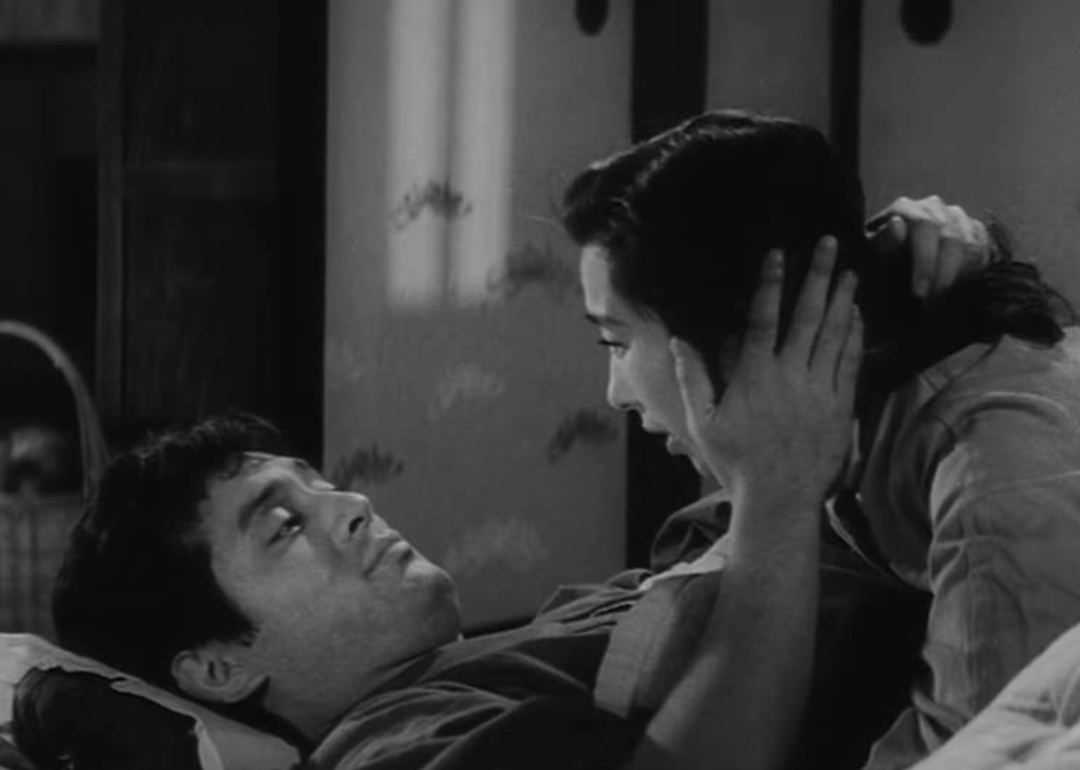
Toho Company
#7. The Human Condition I: No Greater Love (1959)
– Director: Masaki Kobayashi
– IMDb user rating: 8.5
– Metascore: data not available
– Runtime: 208 minutes
In the first part of this 10-hour epic, we meet Kaji, a deskbound worker in a mining firm with greater ambitions for his company. When he presents those ideas to his superior, he’s told to test them out on the field, and we see his promotion to head of labor.
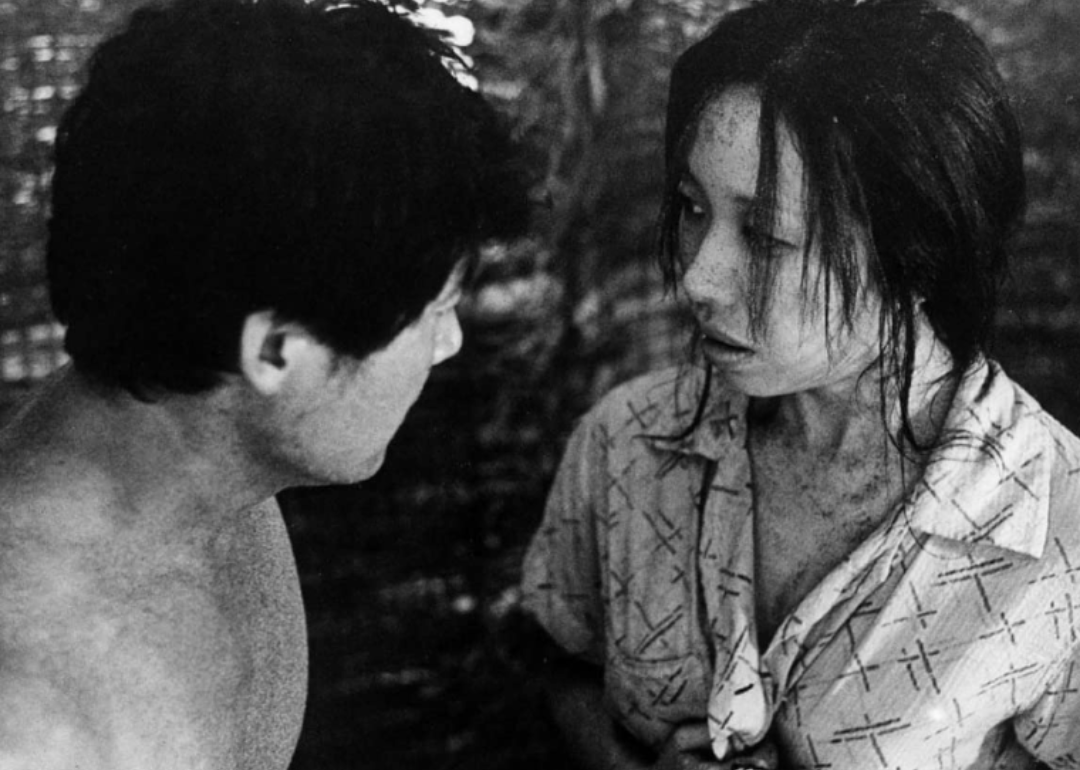
Toho Film (Eiga) Co. Ltd.
#6. Woman in the Dunes (1964)
– Director: Hiroshi Teshigahara
– IMDb user rating: 8.5
– Metascore: data not available
– Runtime: 147 minutes
An art-house sensation, “Woman in the Dunes” was most filmgoers’ introduction to the brilliant surrealism of Hiroshi Teshigahara. In it, Eiji Okada stars as an amateur entomologist who leaves Tokyo for the desert to study an unclassified beetle species.
You may also like: Classic movie quotes that have broken into our daily vocabulary
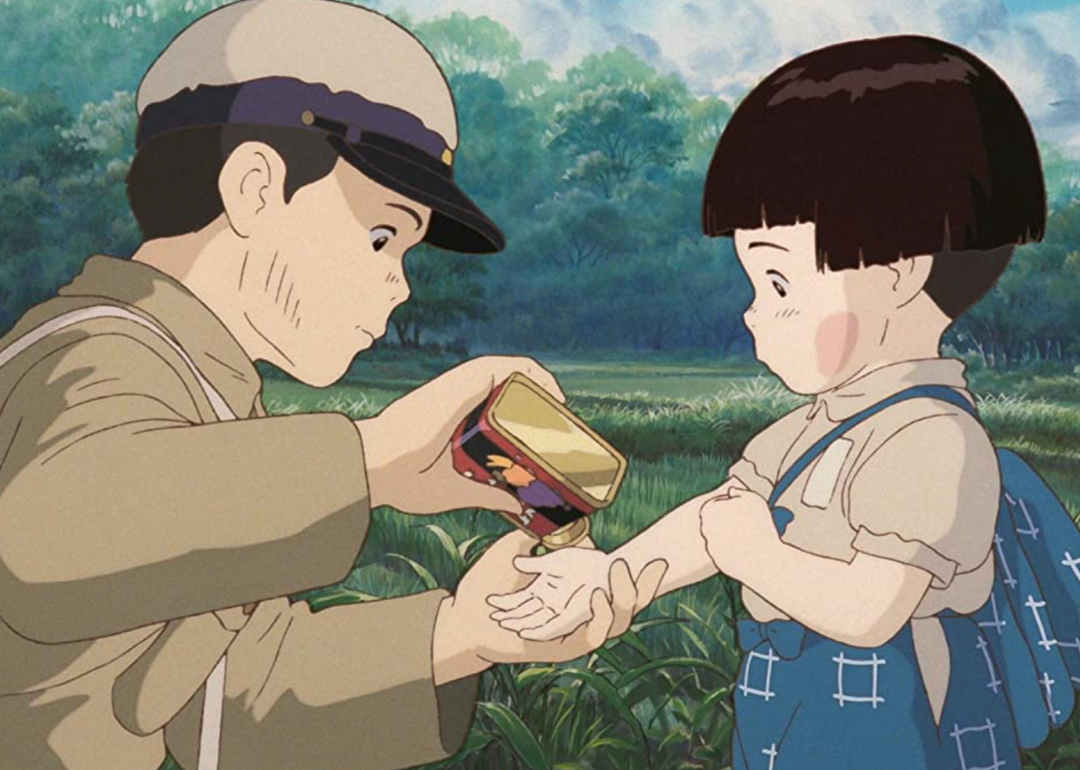
Shinchosha Company
#5. Grave of the Fireflies (1988)
– Director: Isao Takahata
– IMDb user rating: 8.5
– Metascore: 94
– Runtime: 89 minutes
When a boy and his young sister attempt to escape the atrocities of life in World War II Japan, they come upon an abandoned bomb shelter and attempt to build their new lives. From the legendary Studio Ghibli, “Grave of the Fireflies” is one of Japanese cinema’s greatest works for children.
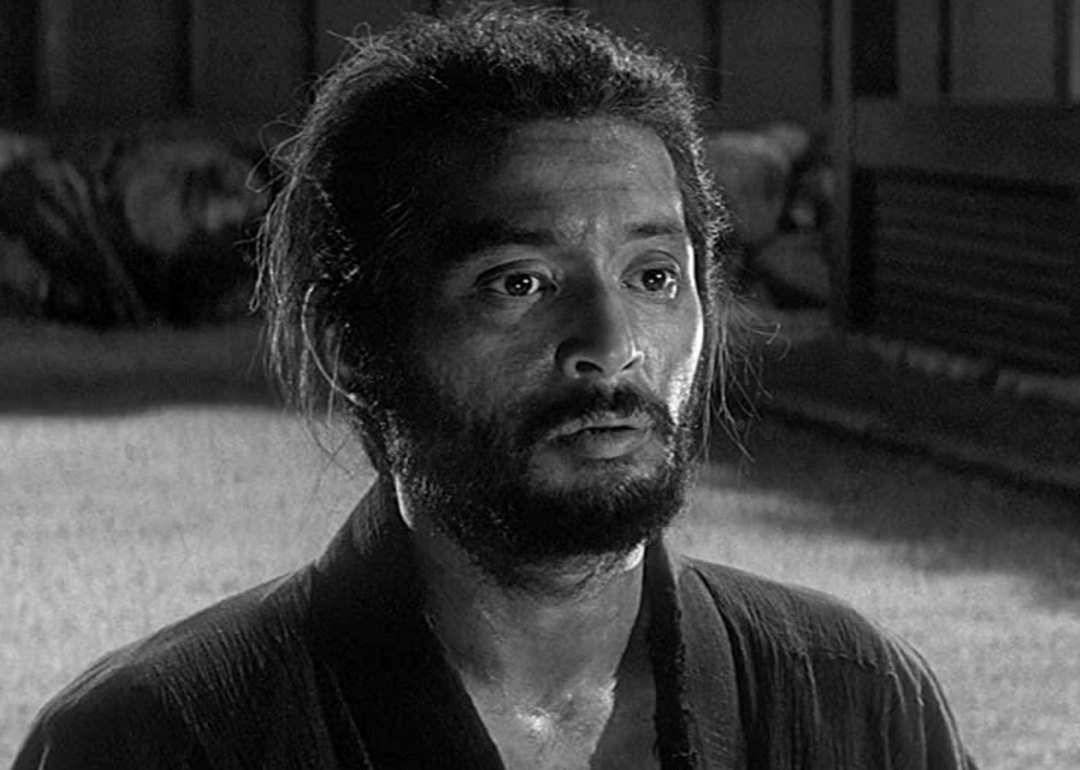
Shochiku
#4. Harakiri (1962)
– Director: Masaki Kobayashi
– IMDb user rating: 8.6
– Metascore: 85
– Runtime: 133 minutes
After the dissolution of his clan, an unemployed samurai goes to a lord’s manor and begs to end is life in a ritual suicide. When the lord refuses, believing him to be exploiting the ritual sacrifice for some kind of financial gain, the former samurai lives out the rest of his days with solemn honor.
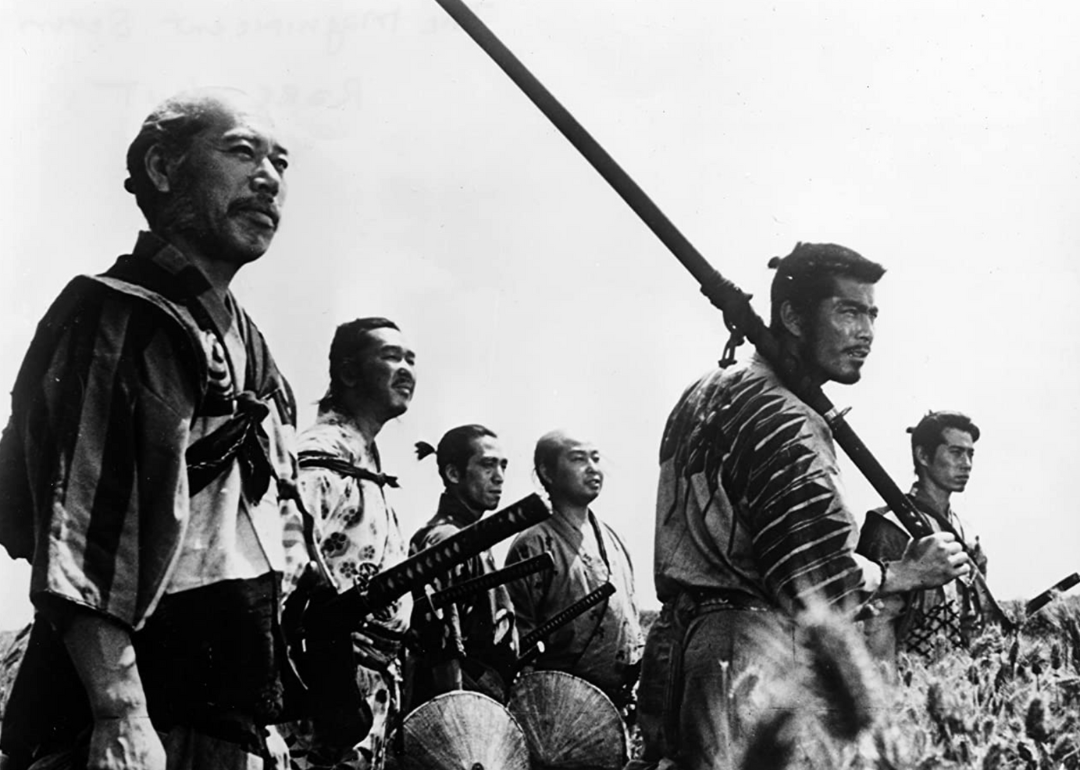
Toho Company
#3. Seven Samurai (1954)
– Director: Akira Kurosawa
– IMDb user rating: 8.6
– Metascore: 98
– Runtime: 207 minutes
The highest-rated Akira Kurosawa film on this list, “Seven Samurai” chronicles 16th-century villagers who beg the legendary ‘seven samurai’ for protection from local bandits. Inspired by Western thrillers, Akira Kurosawa changed the landscape of Japanese cinema with this all-time classic.
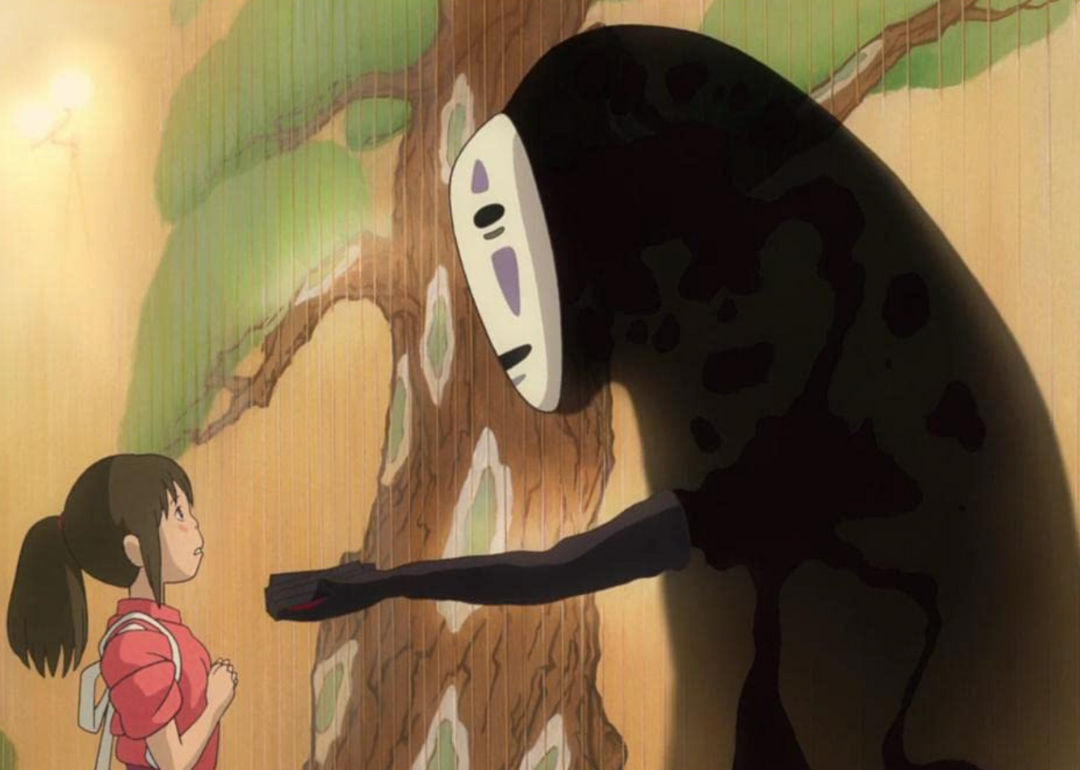
Tokuma Shoten
#2. Spirited Away (2001)
– Director: Hayao Miyazaki
– IMDb user rating: 8.6
– Metascore: 96
– Runtime: 125 minutes
One of the most celebrated animated films of all time, “Spirited Away” follows a 10-year-old girl named Chihiro as she arrives at an abandoned theme park inhabited by gods and spirits. There, she must find a way back to her parents. The film still and perhaps always will continue to deeply resonate with audiences around the world.
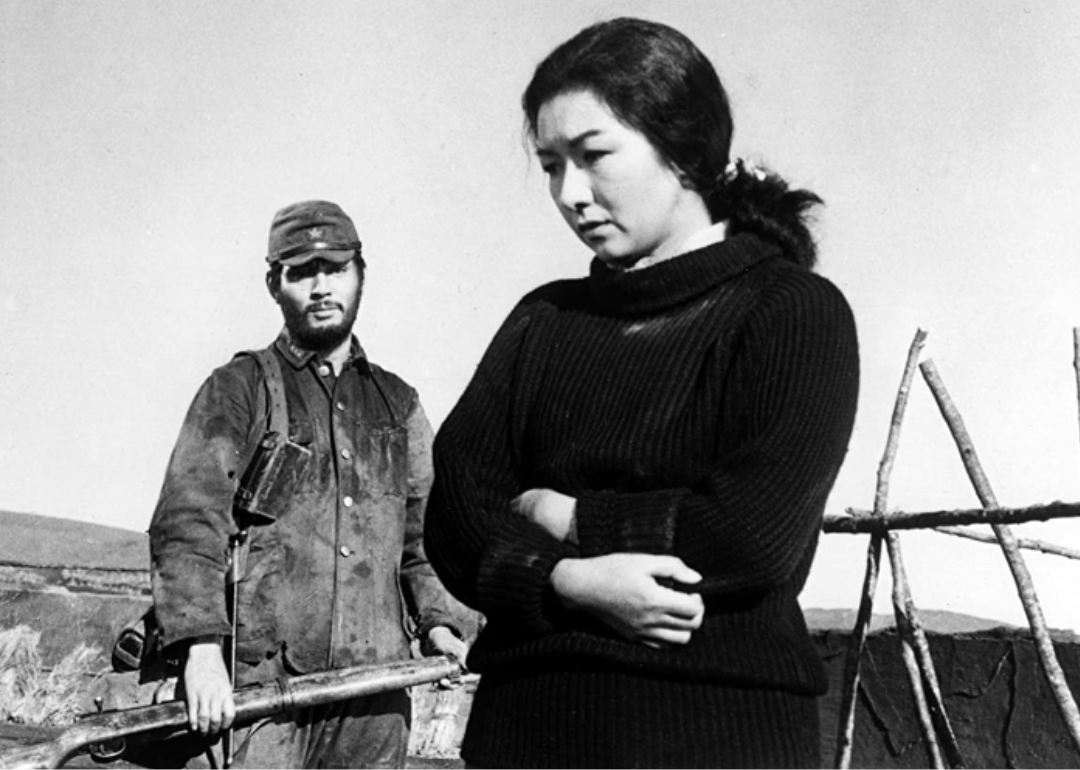
Toho Company
#1. The Human Condition III: A Soldier’s Prayer (1961)
– Director: Masaki Kobayashi
– IMDb user rating: 8.8
– Metascore: data not available
– Runtime: 190 minutes
The final installment in Masaki Kobayashi’s novel-like cinematic masterpiece, “A Soldier’s Prayer” sees the pacifist Kaji’s principles tested to the limit as he’s forced to fight for survival. The drama and emotion are ramped up tenfold, resulting in one of Japanese cinema’s most unforgettable endings.
You may also like: Incredible filming locations from popular movies


